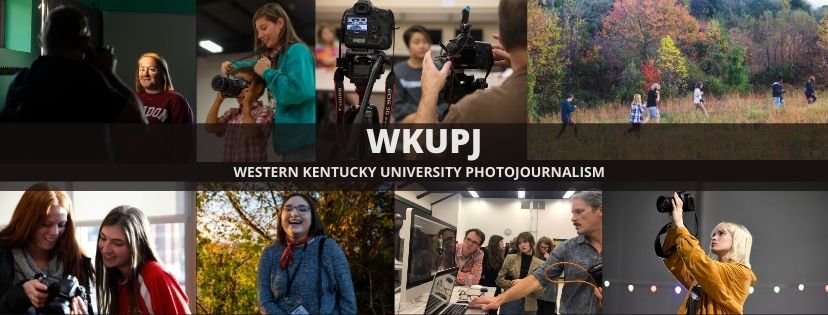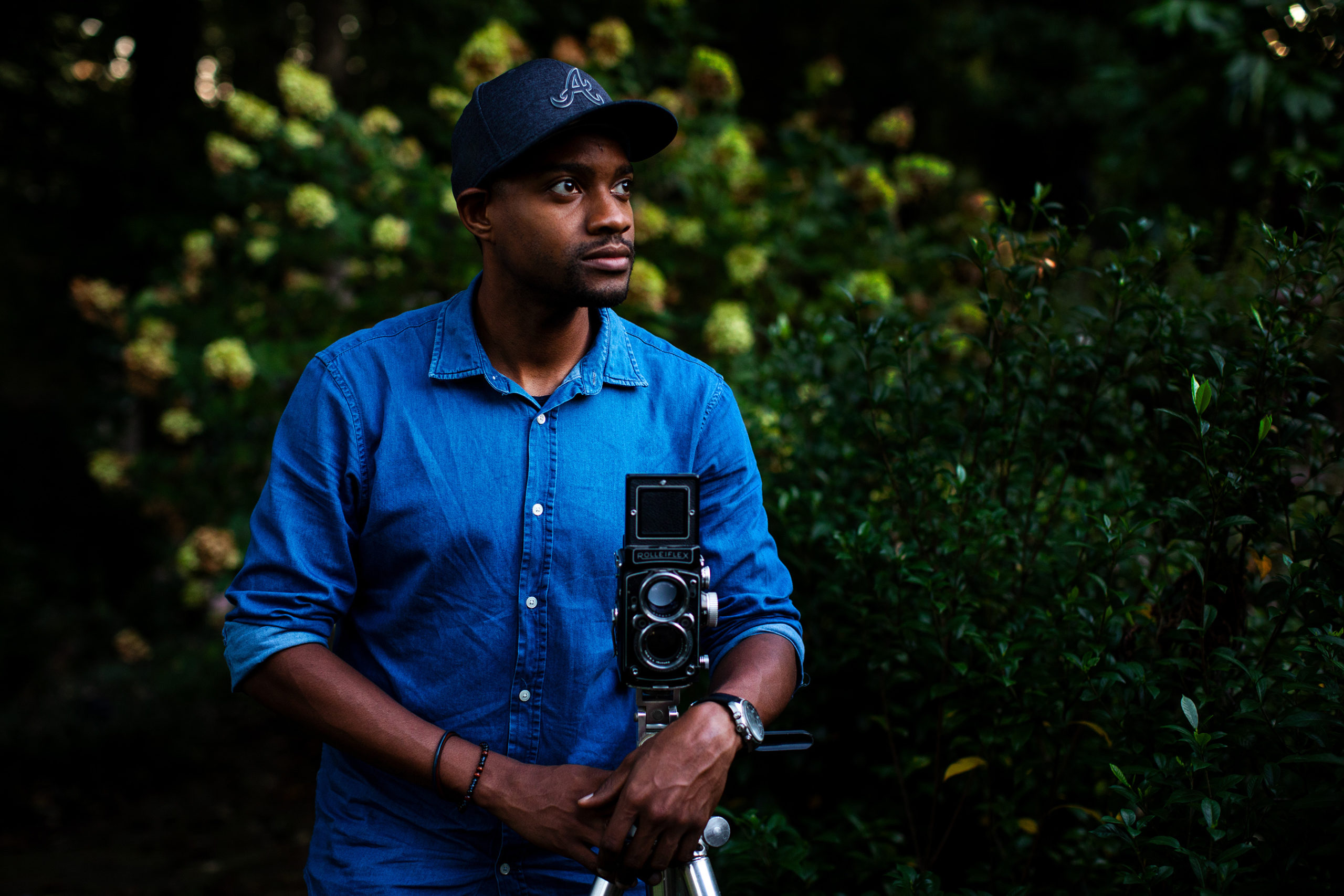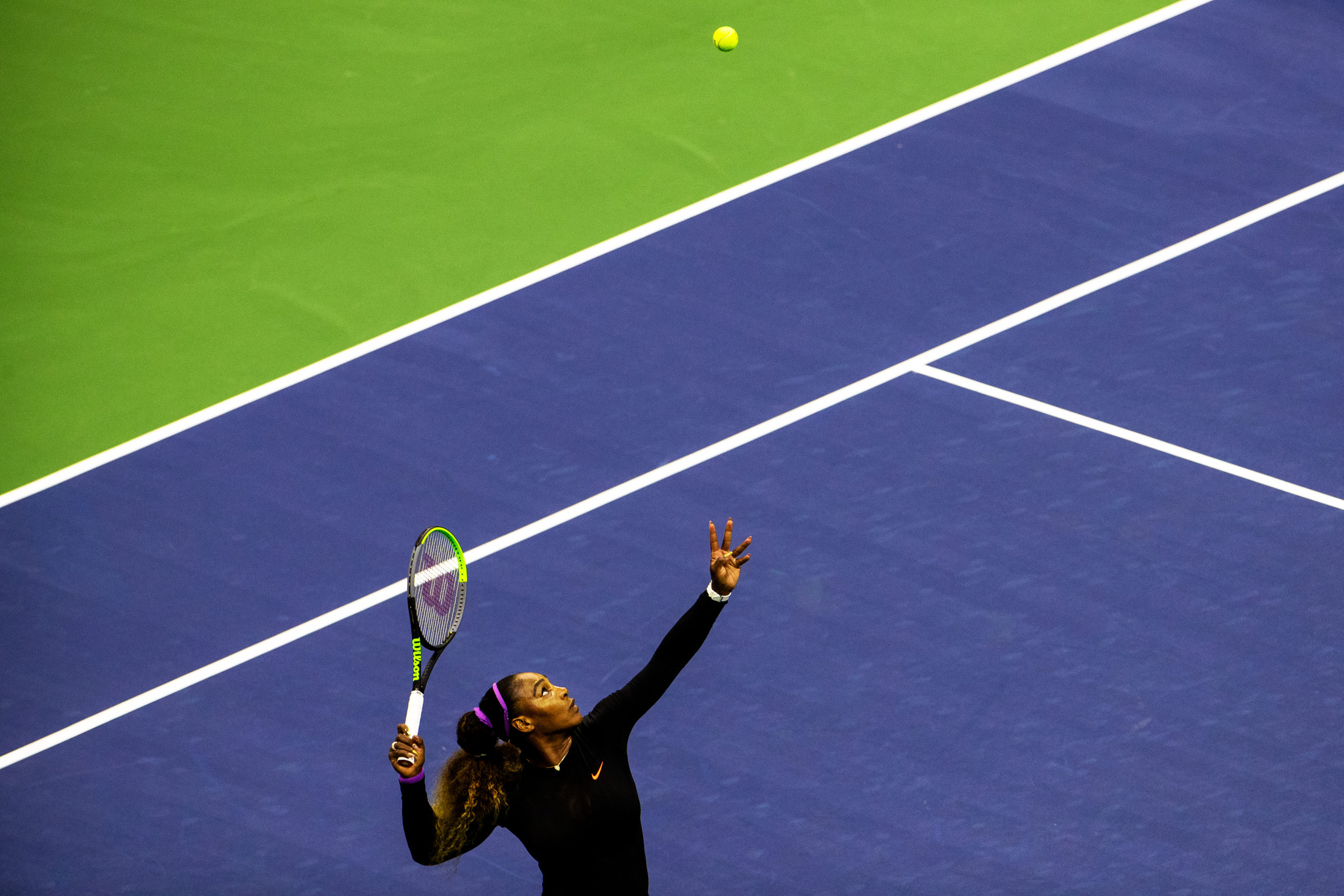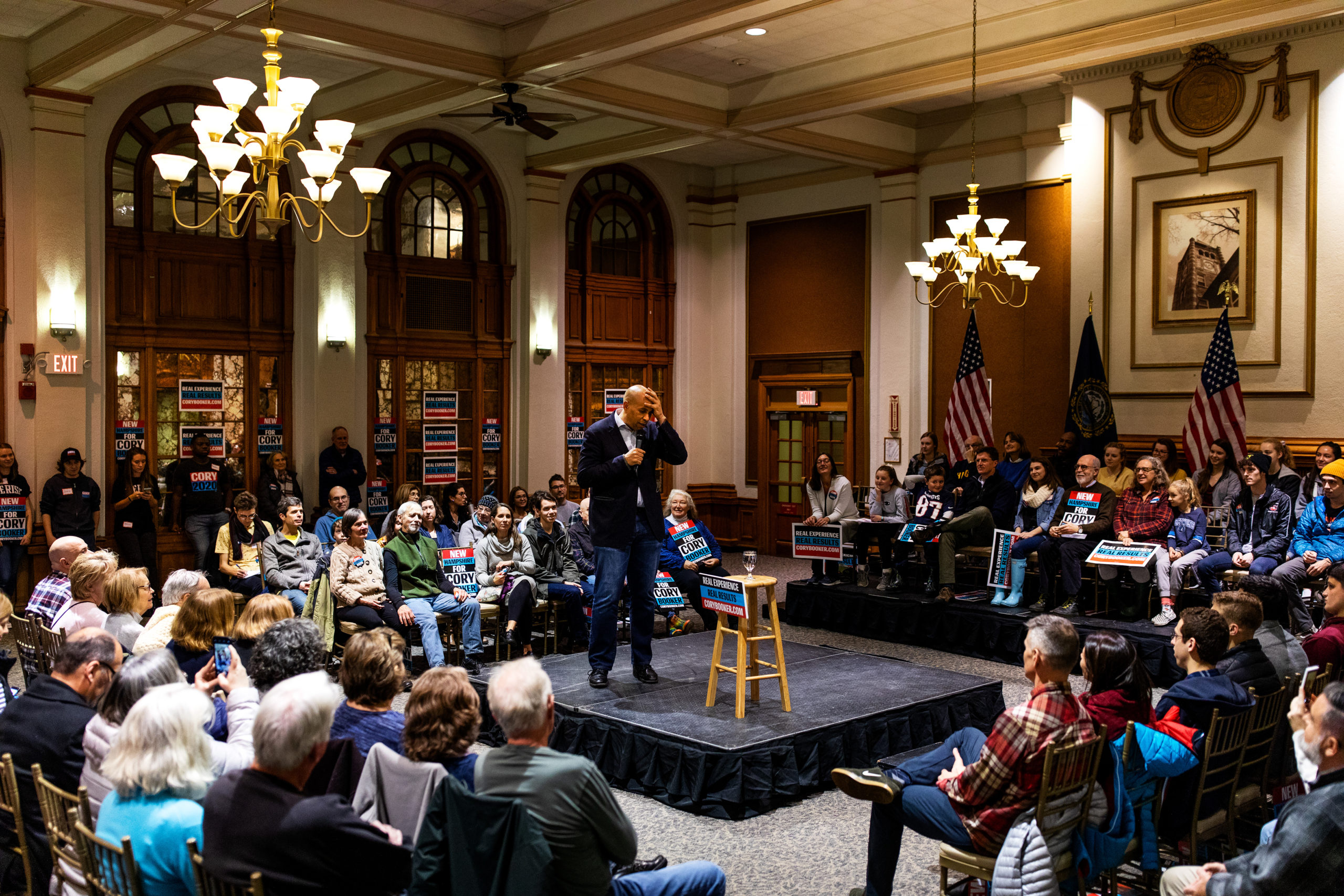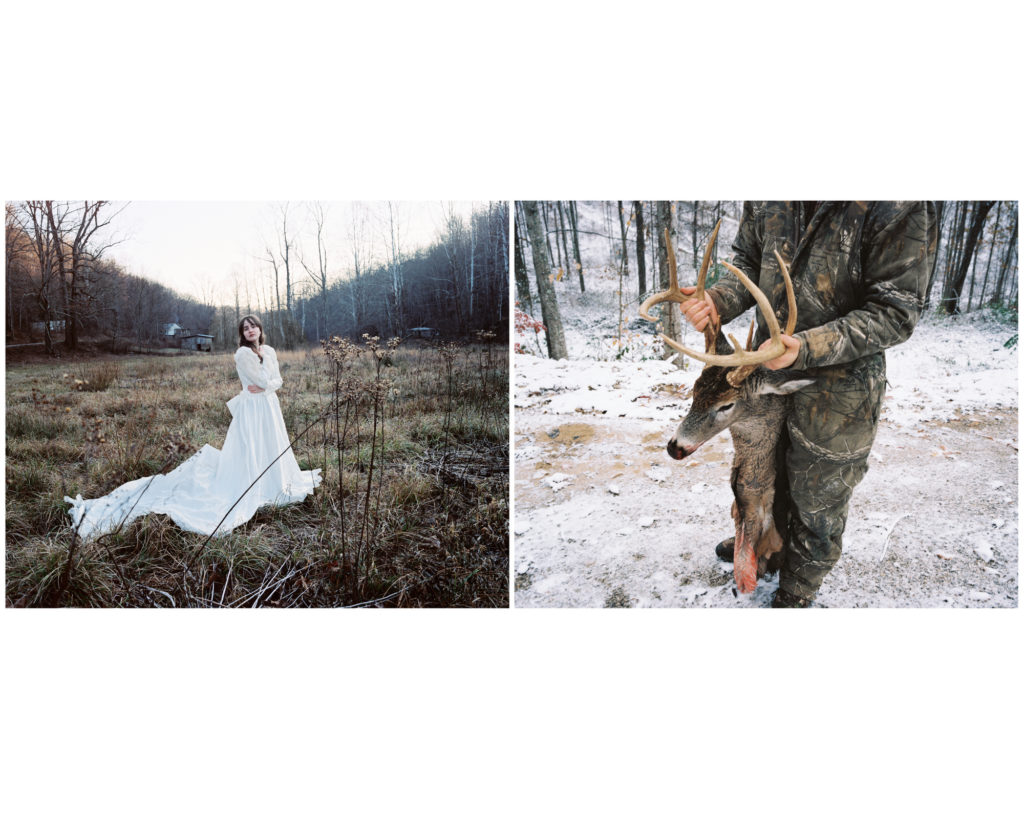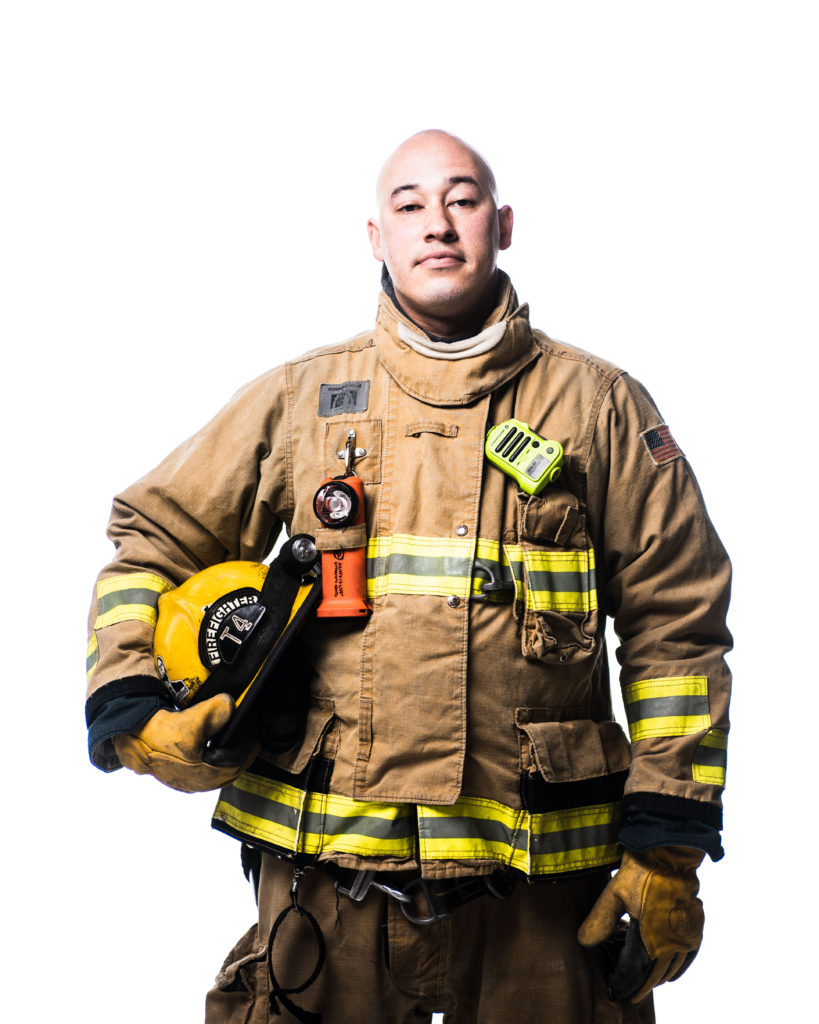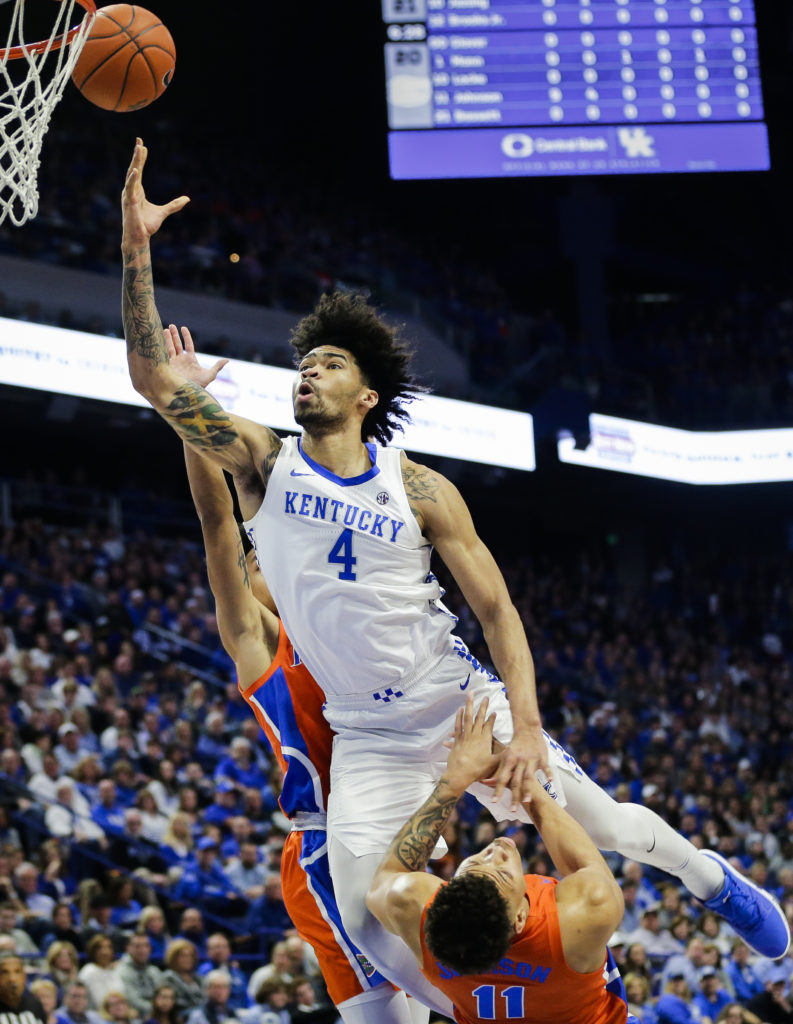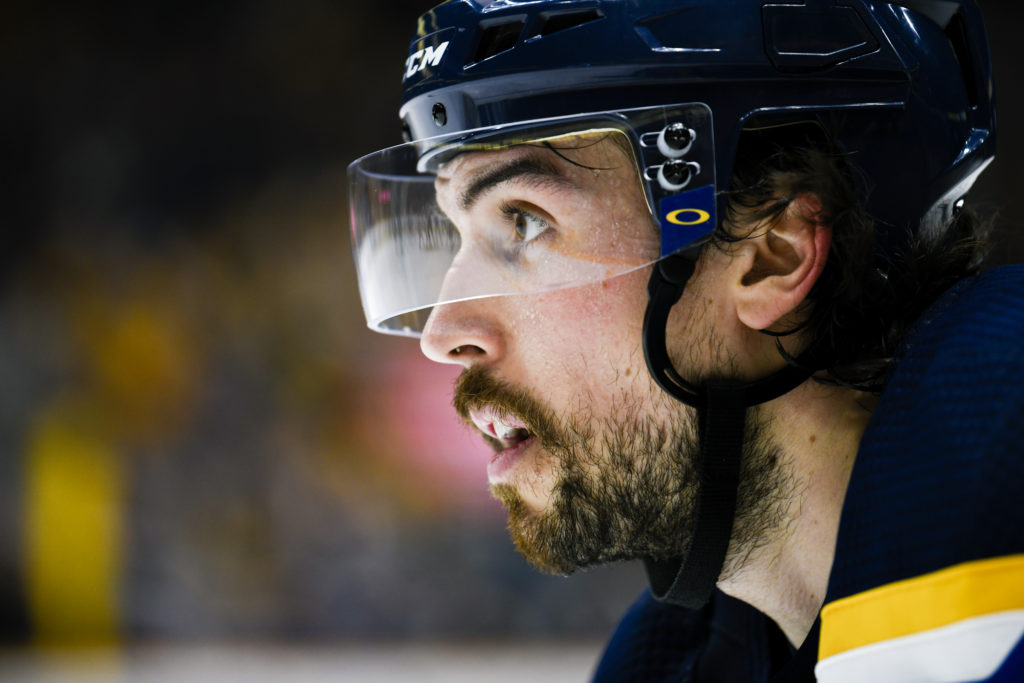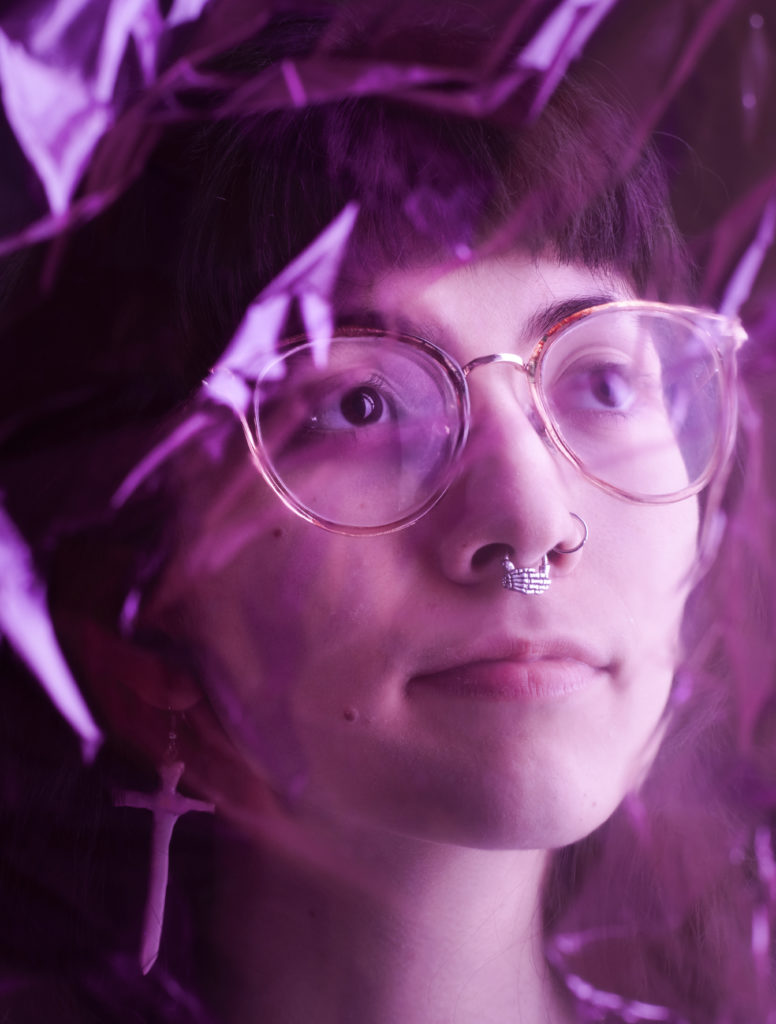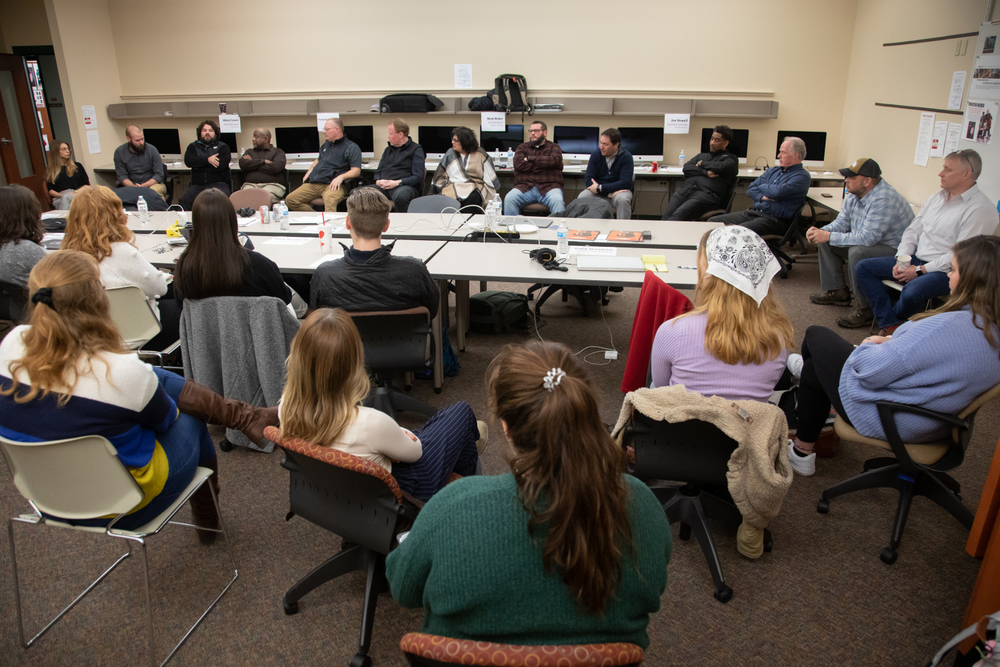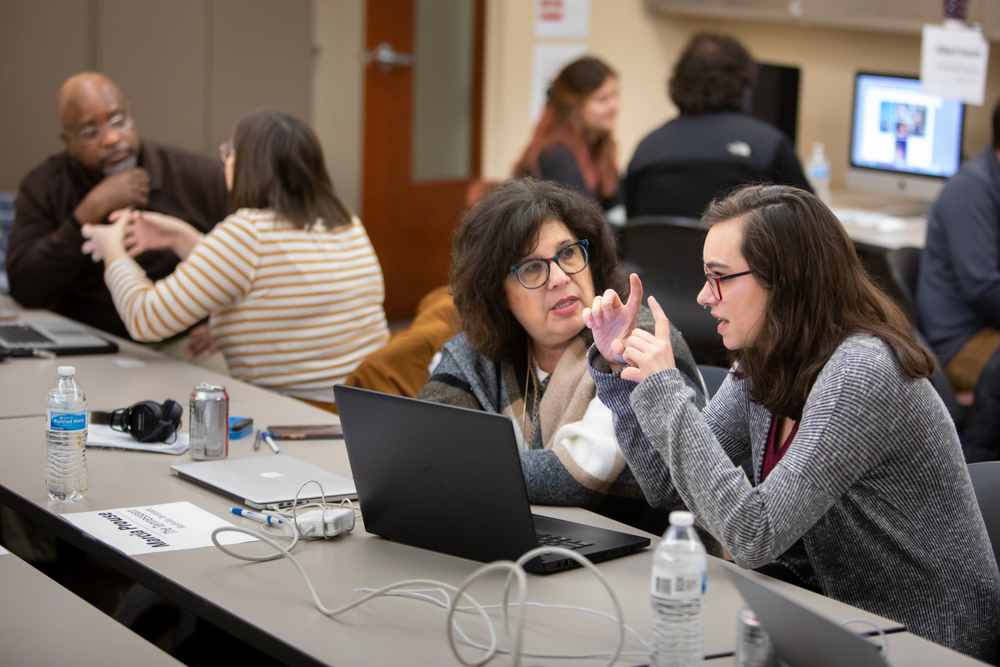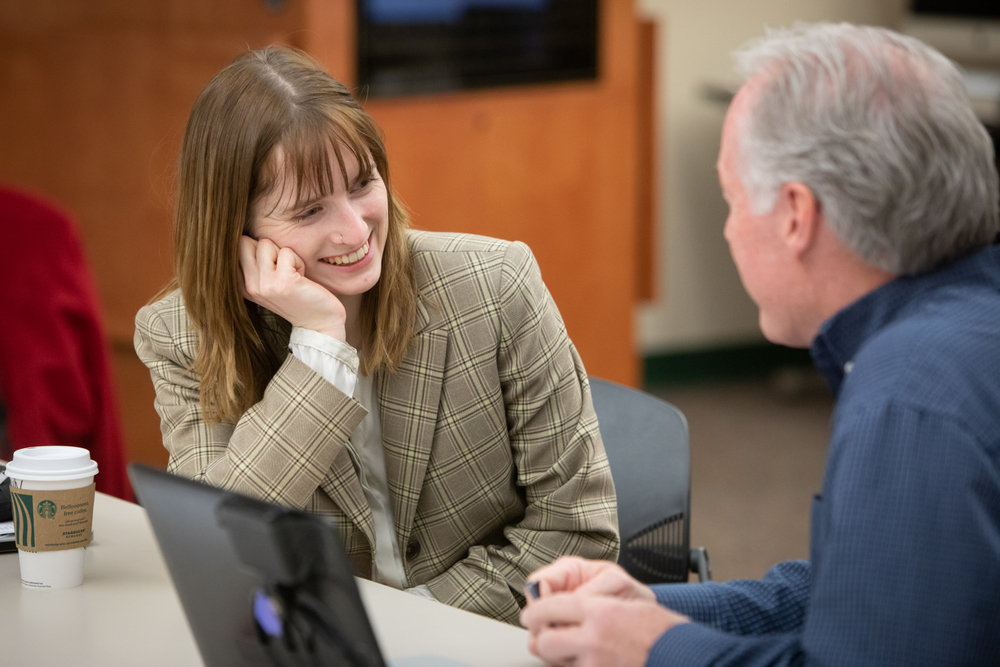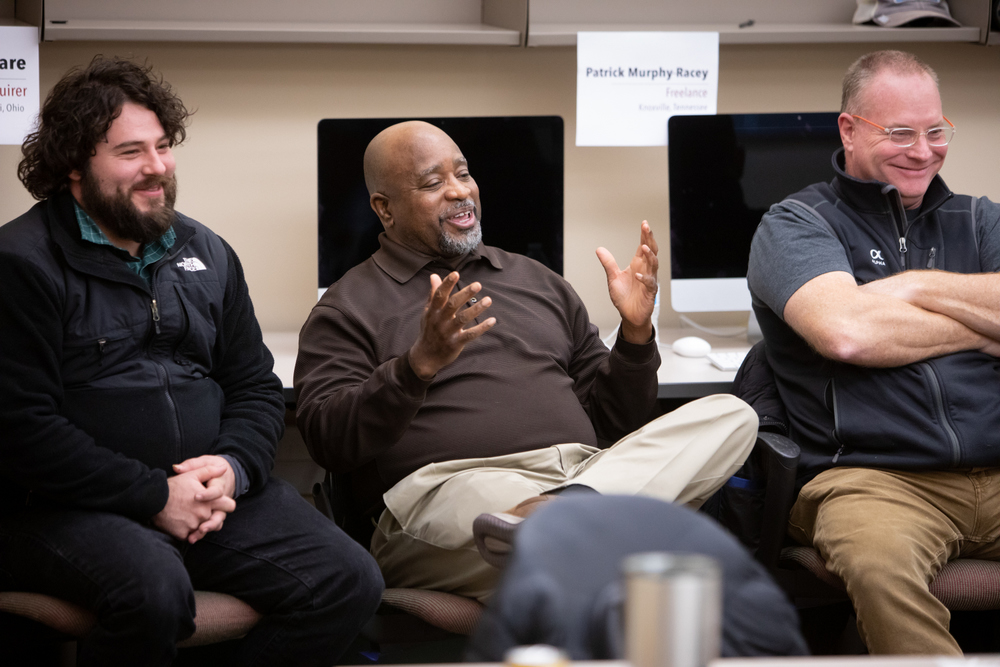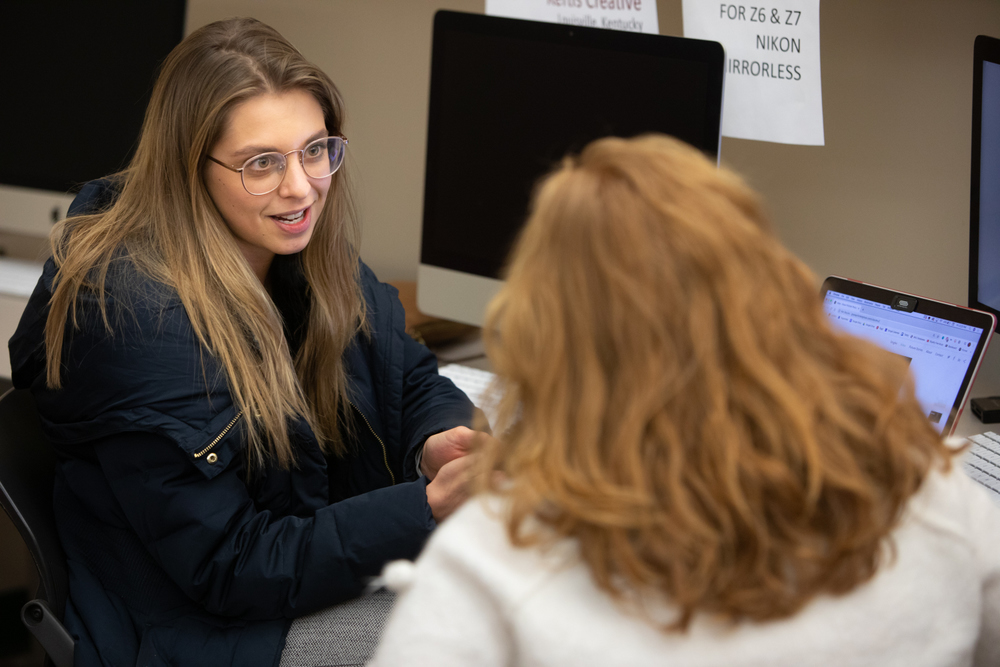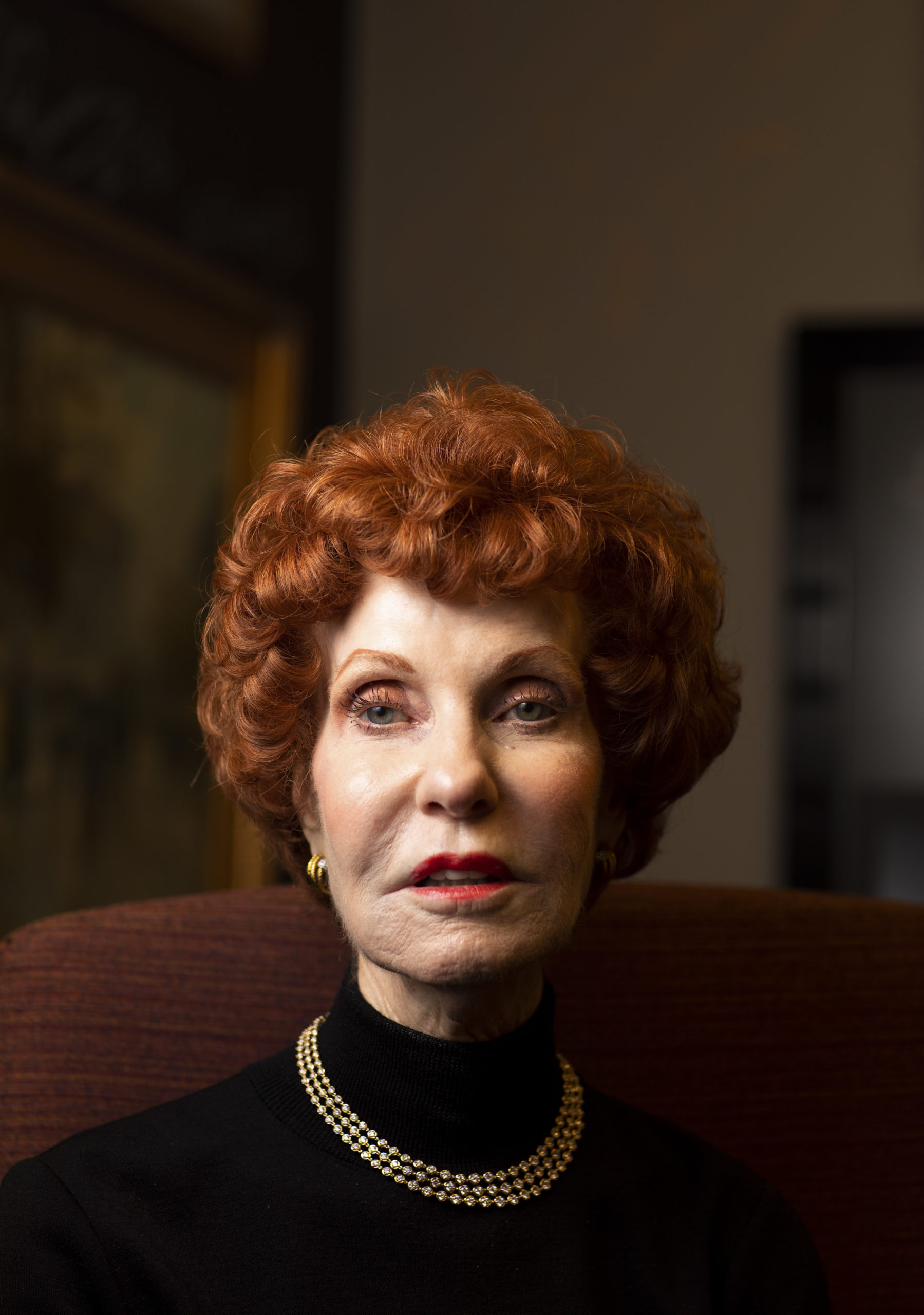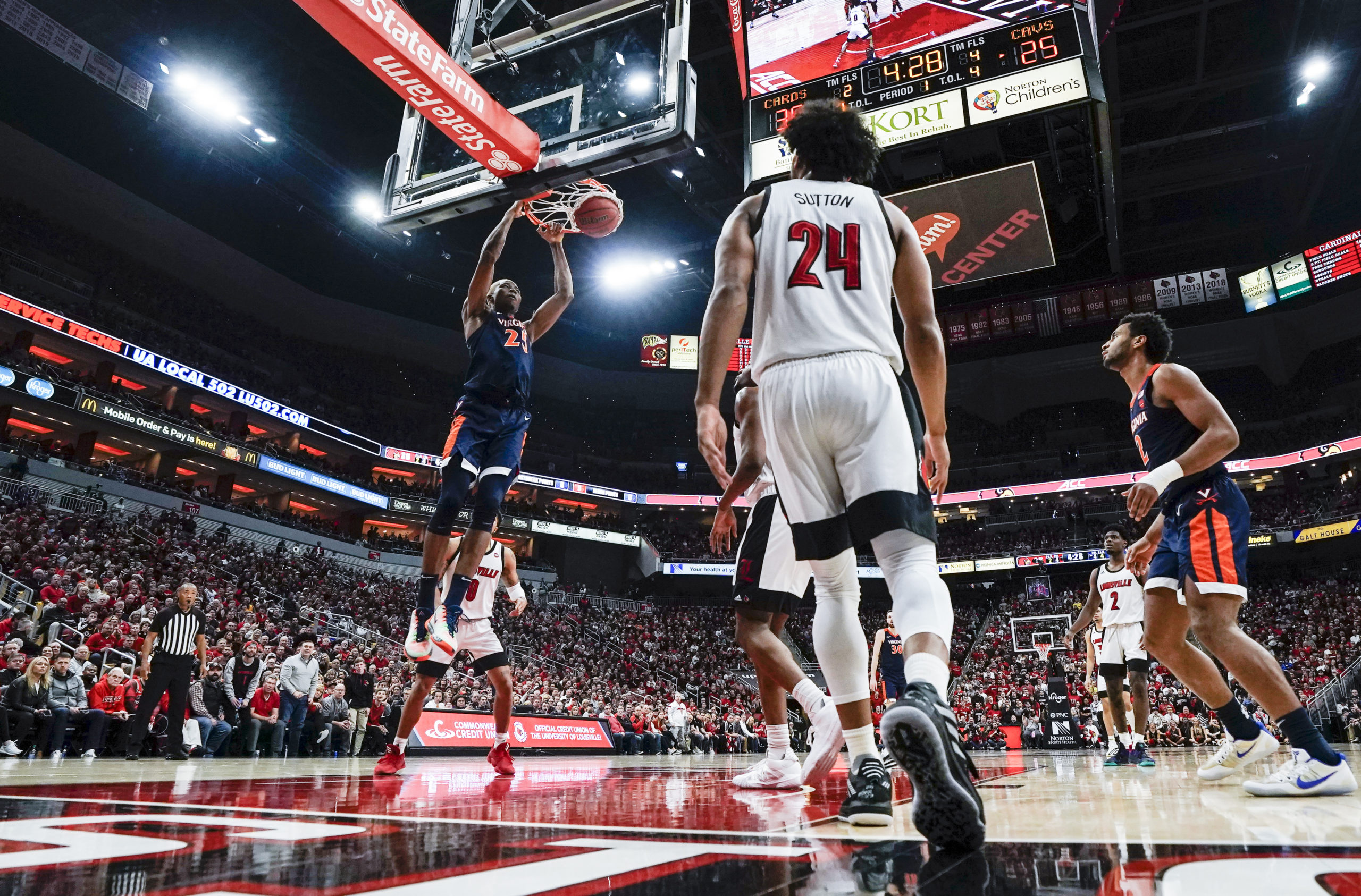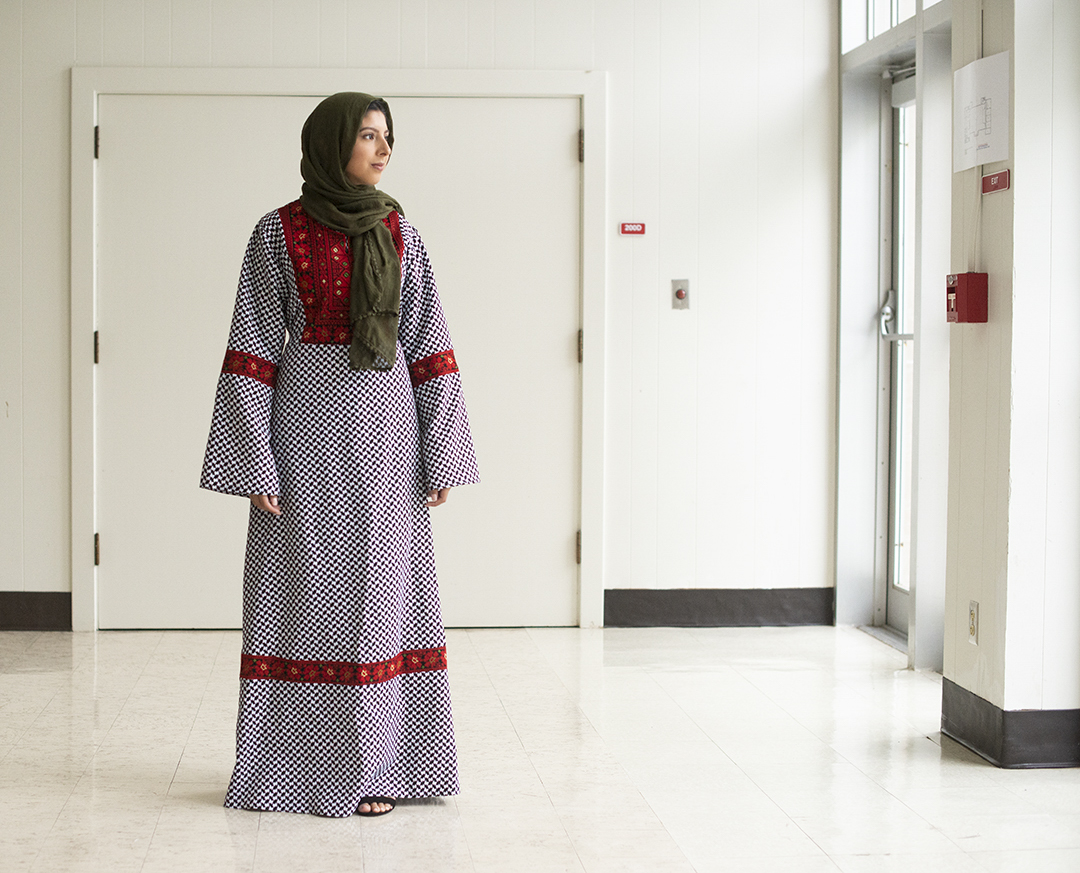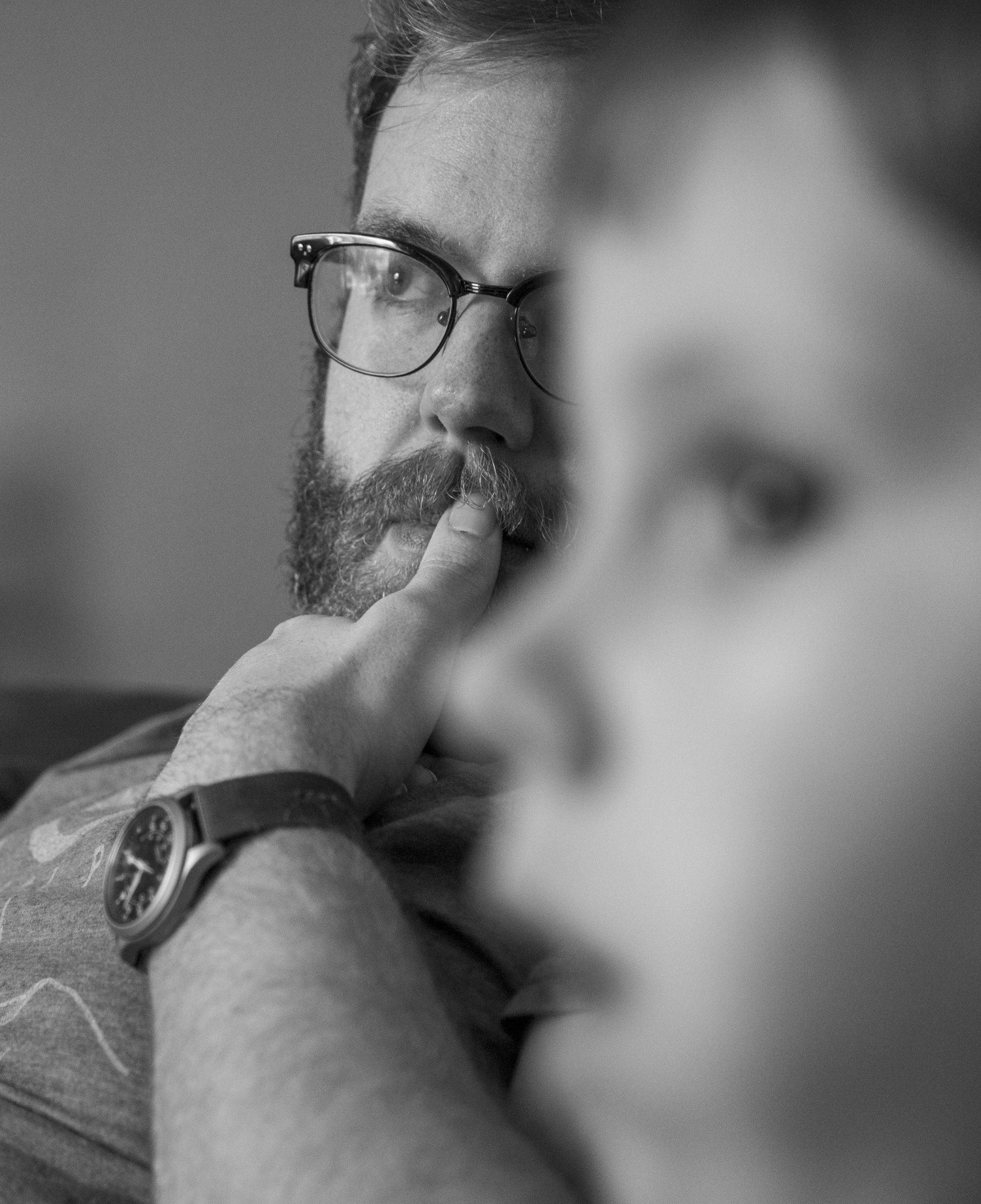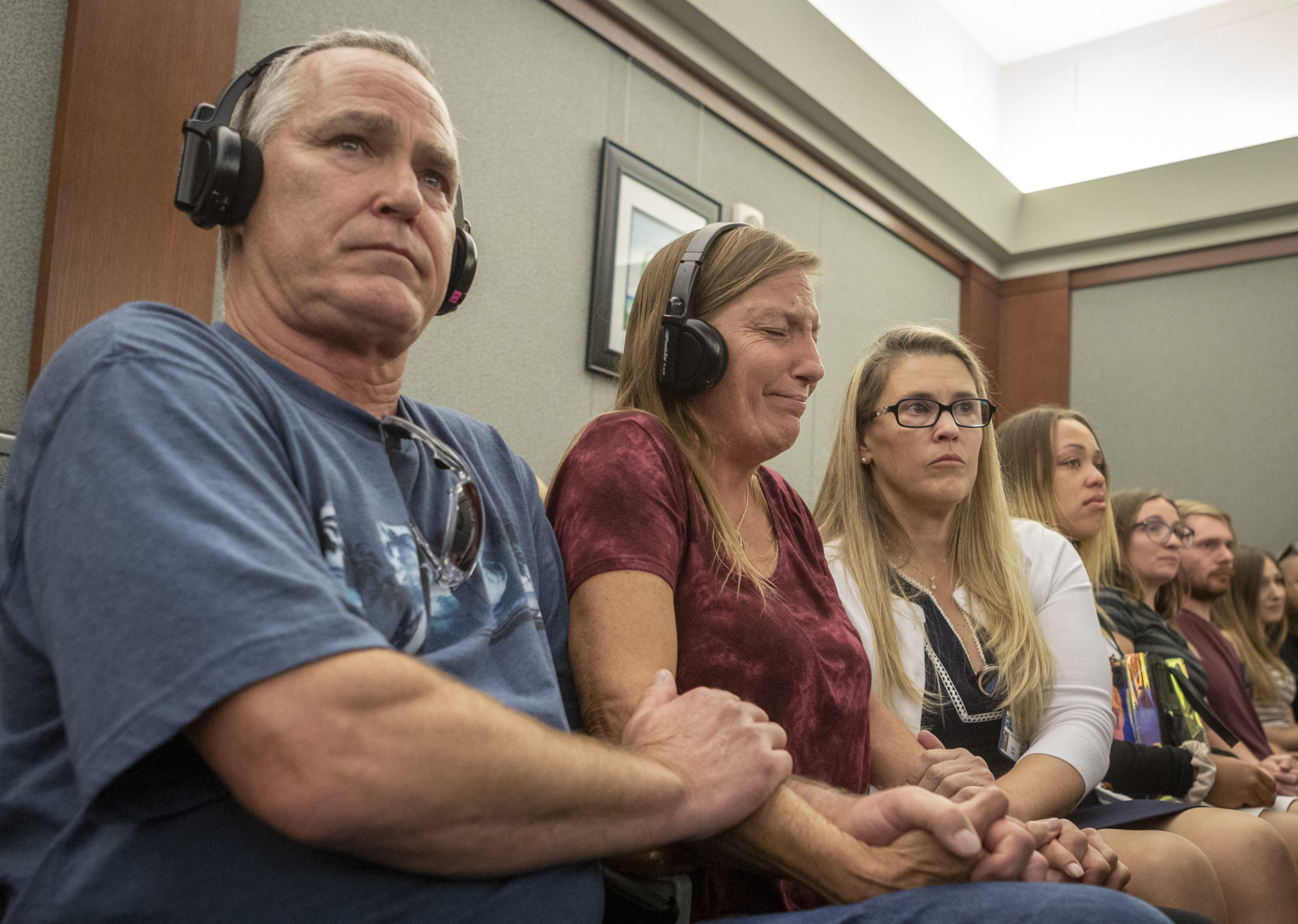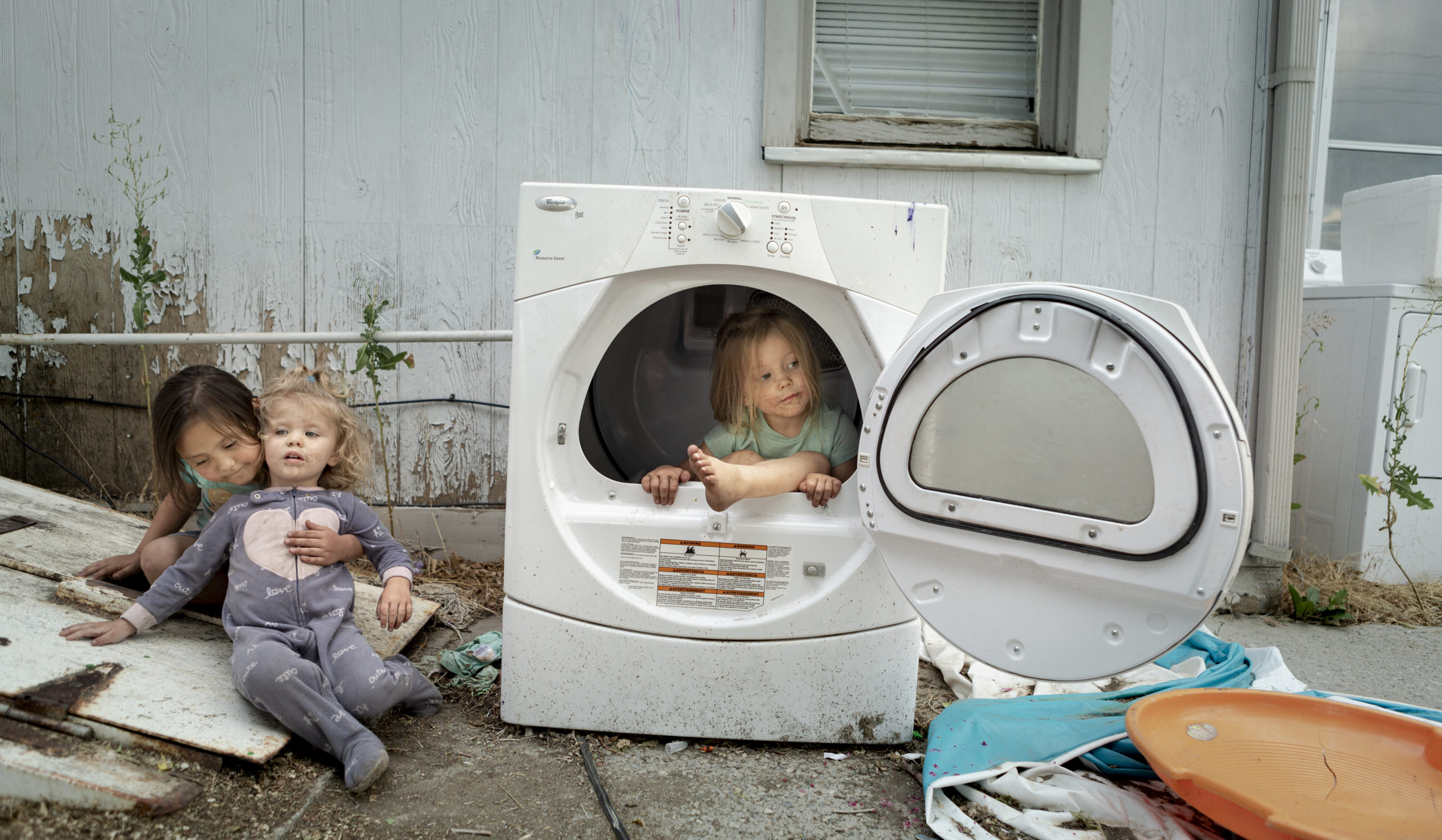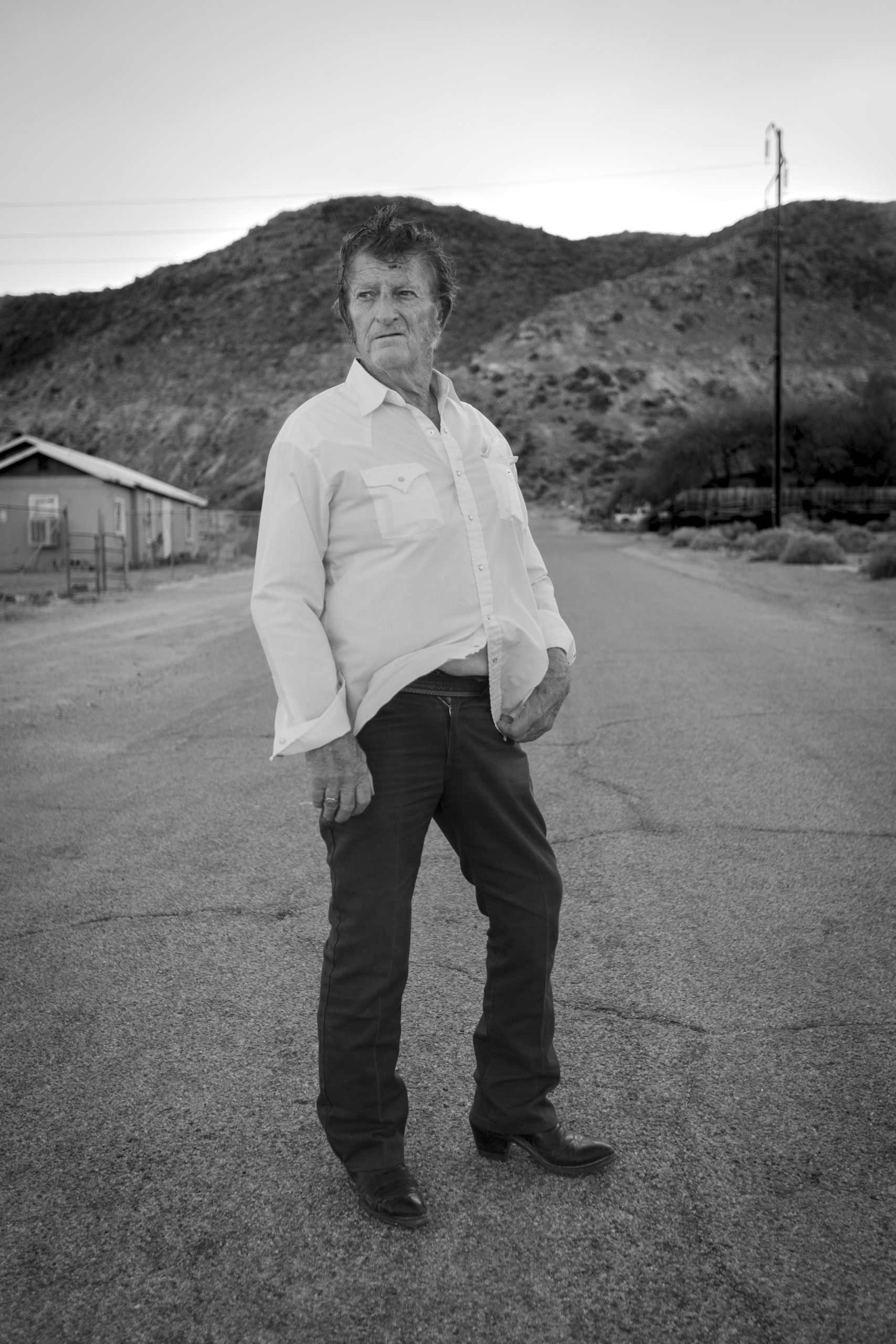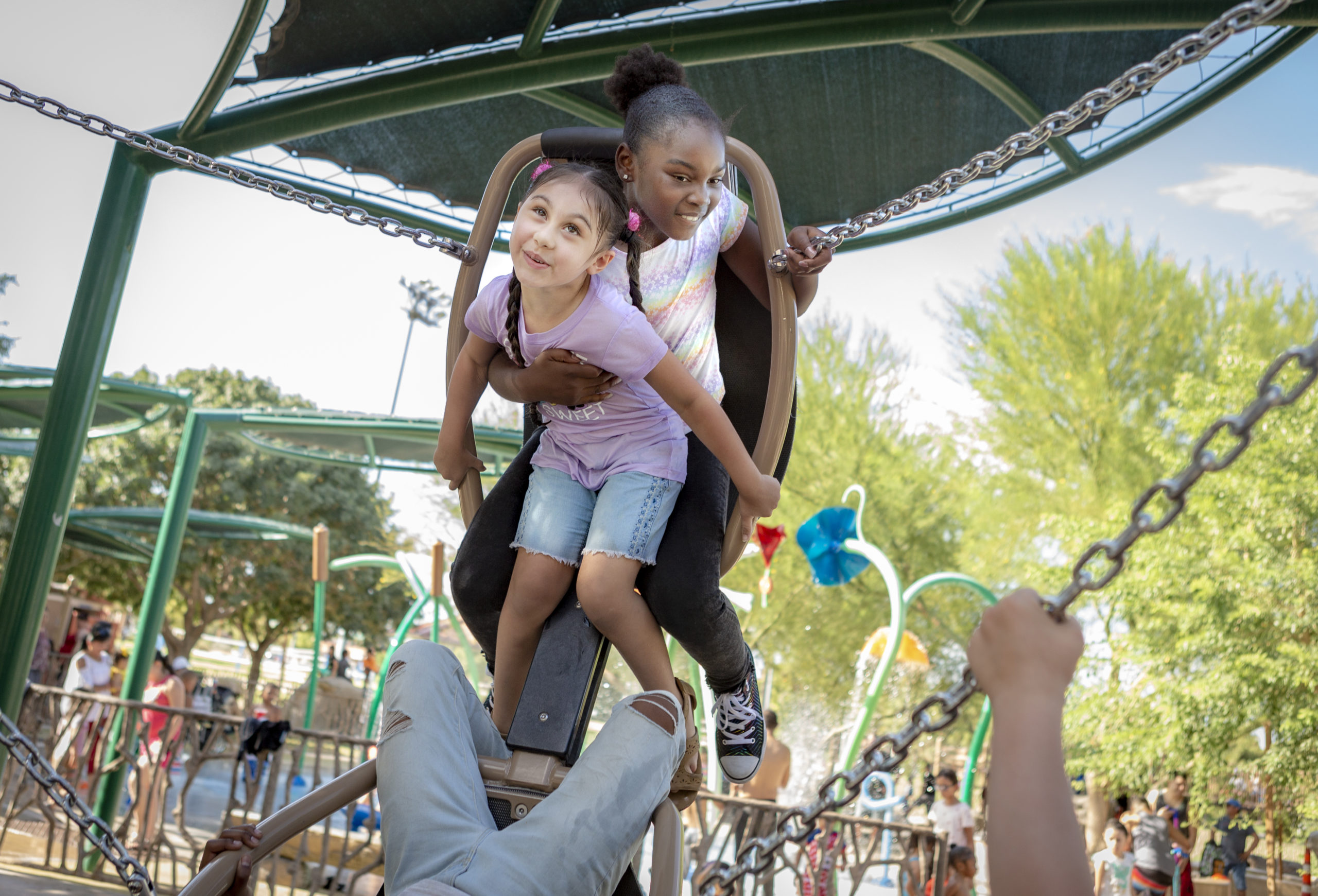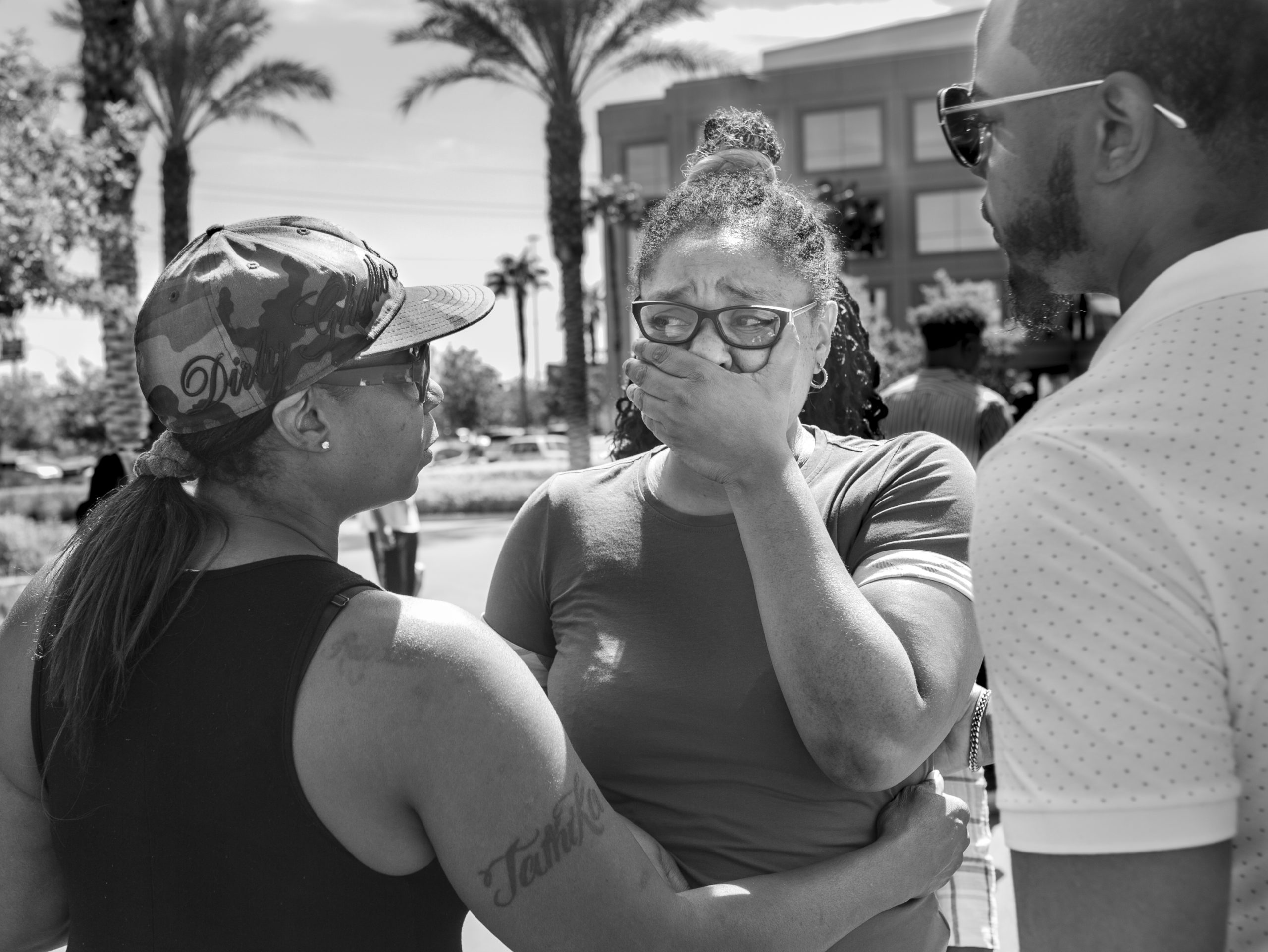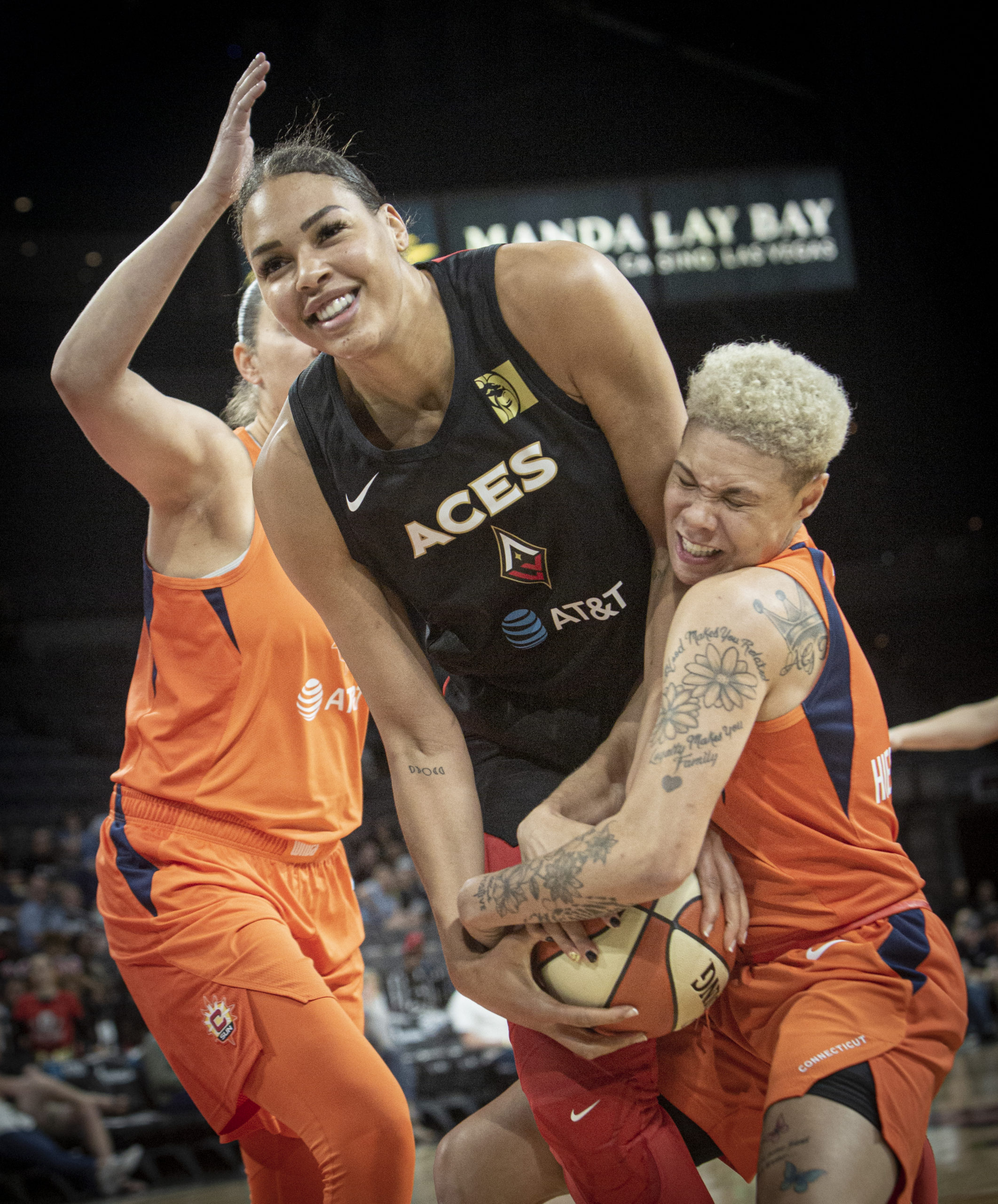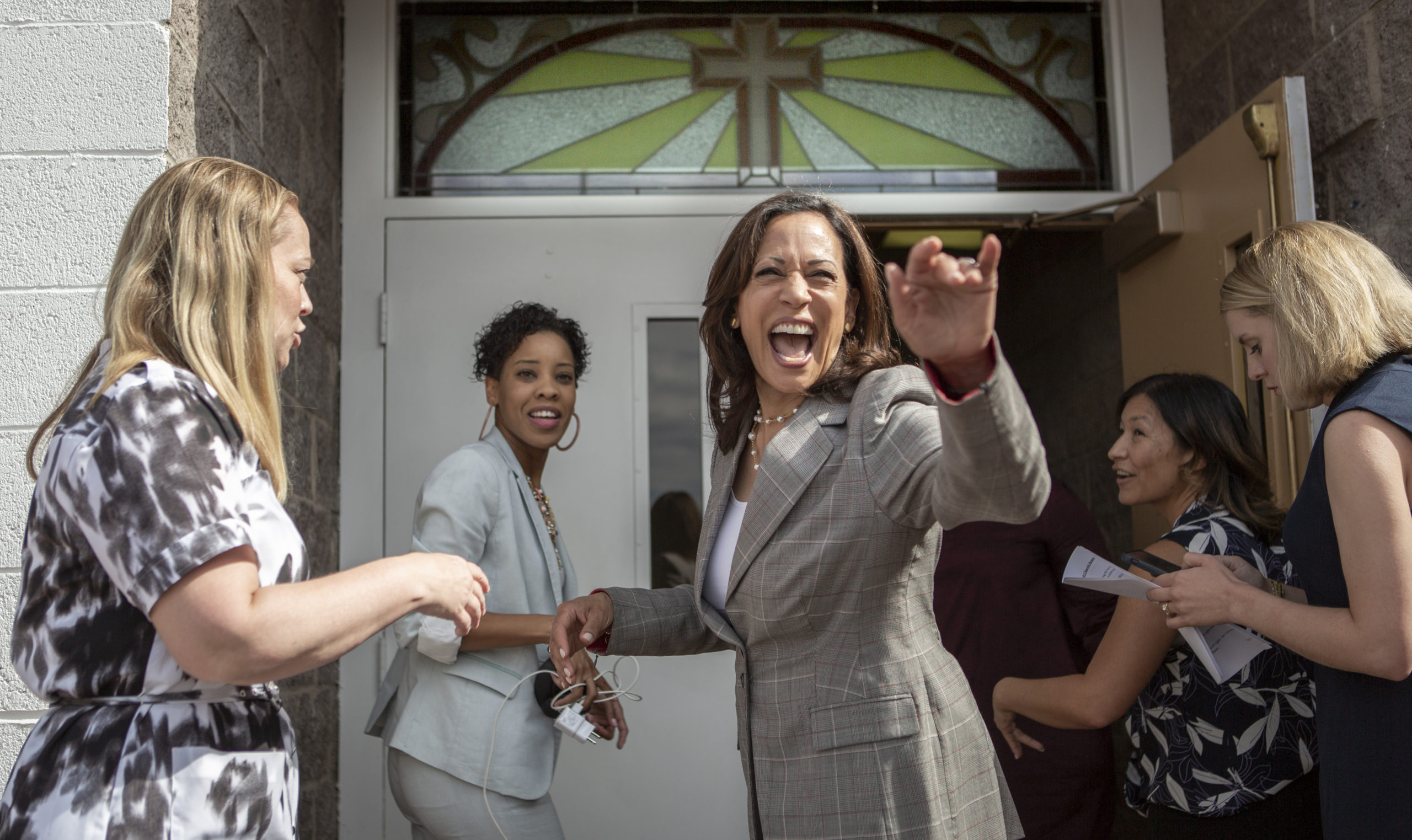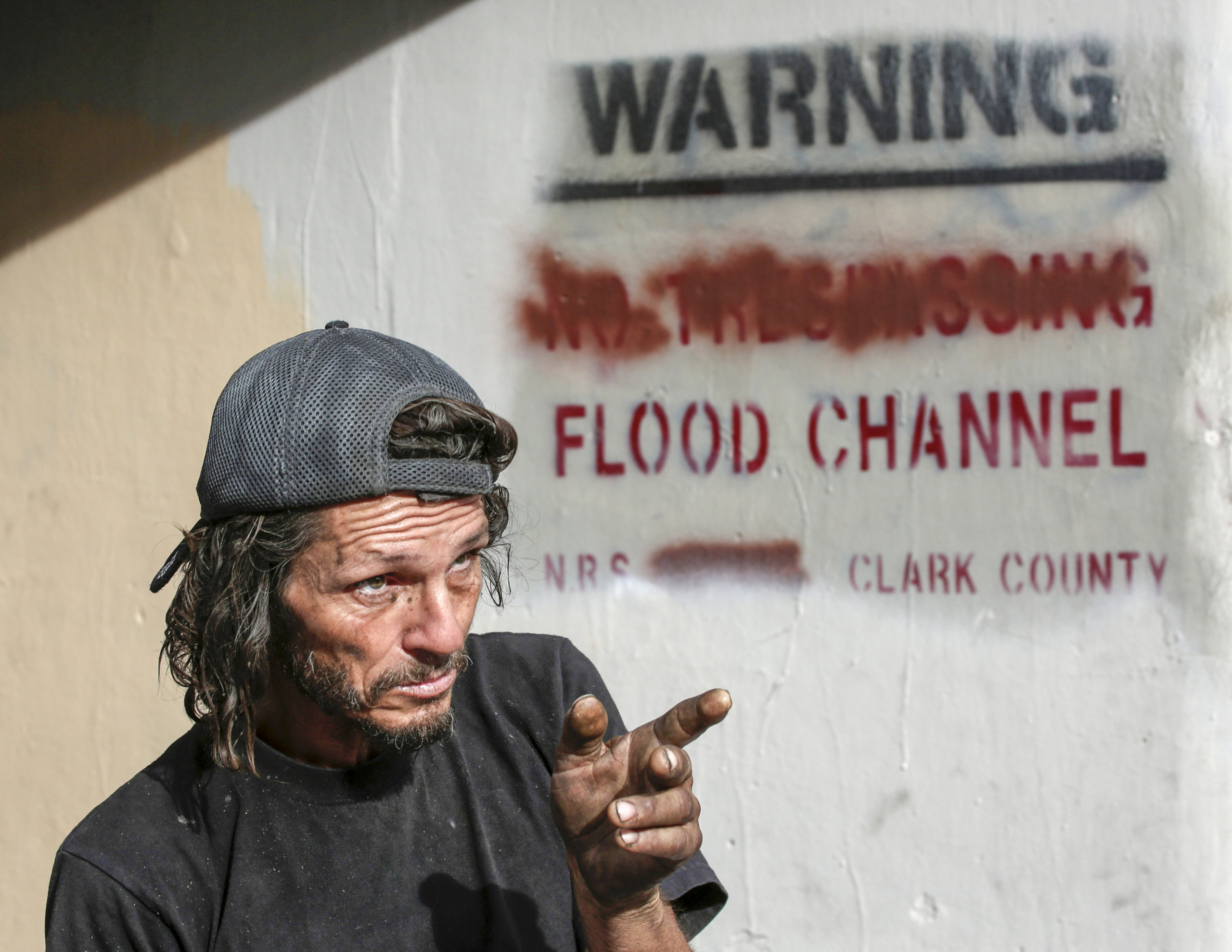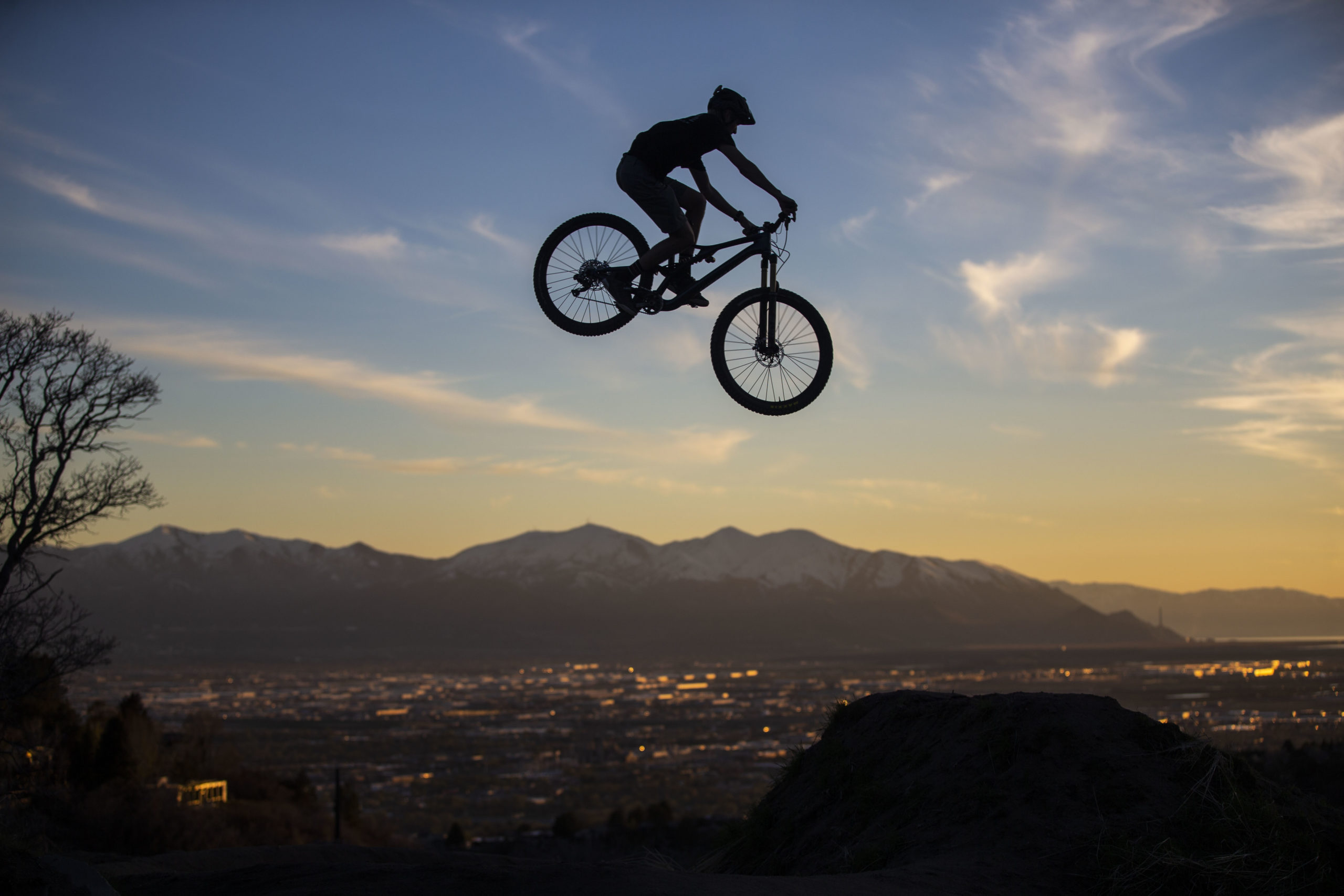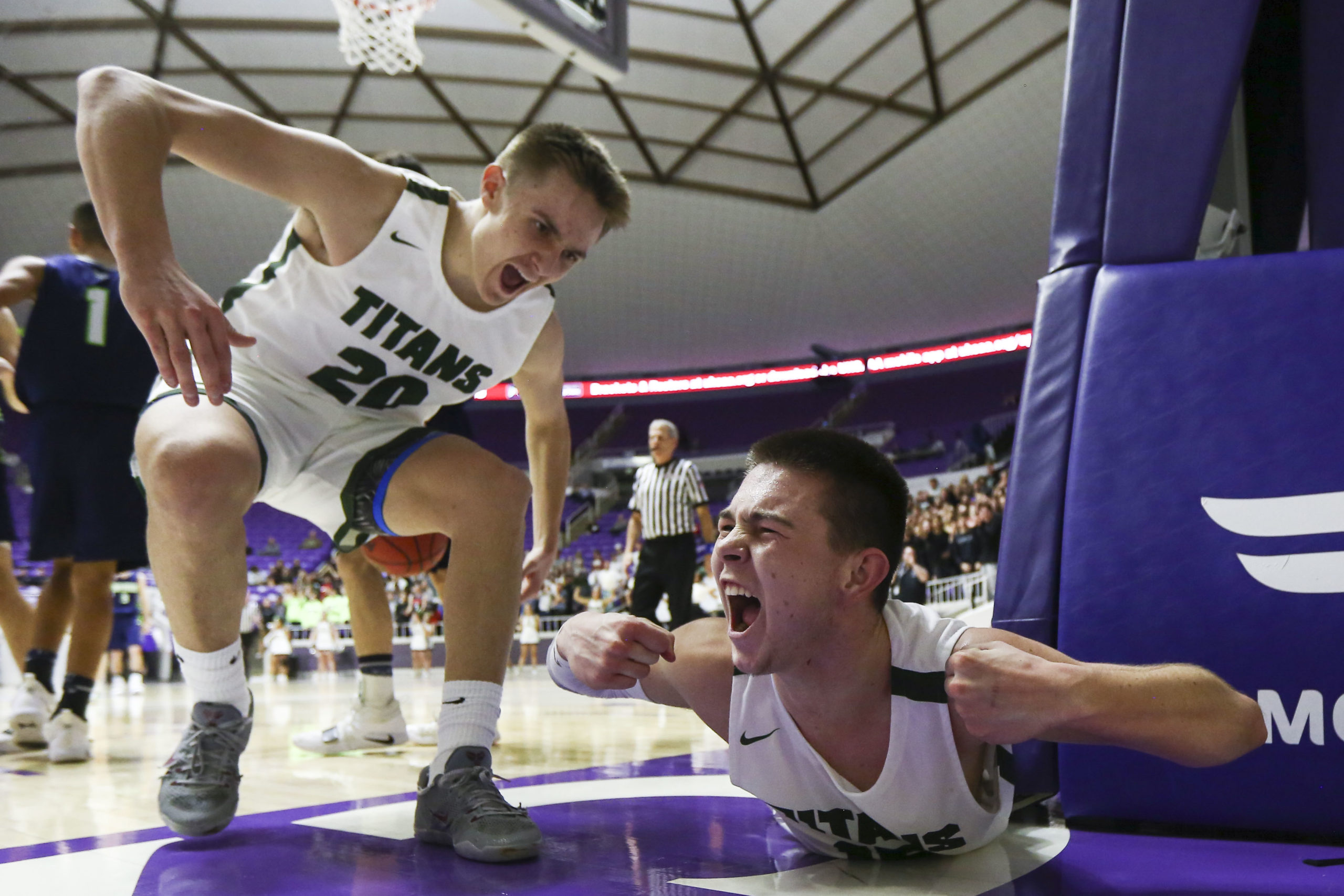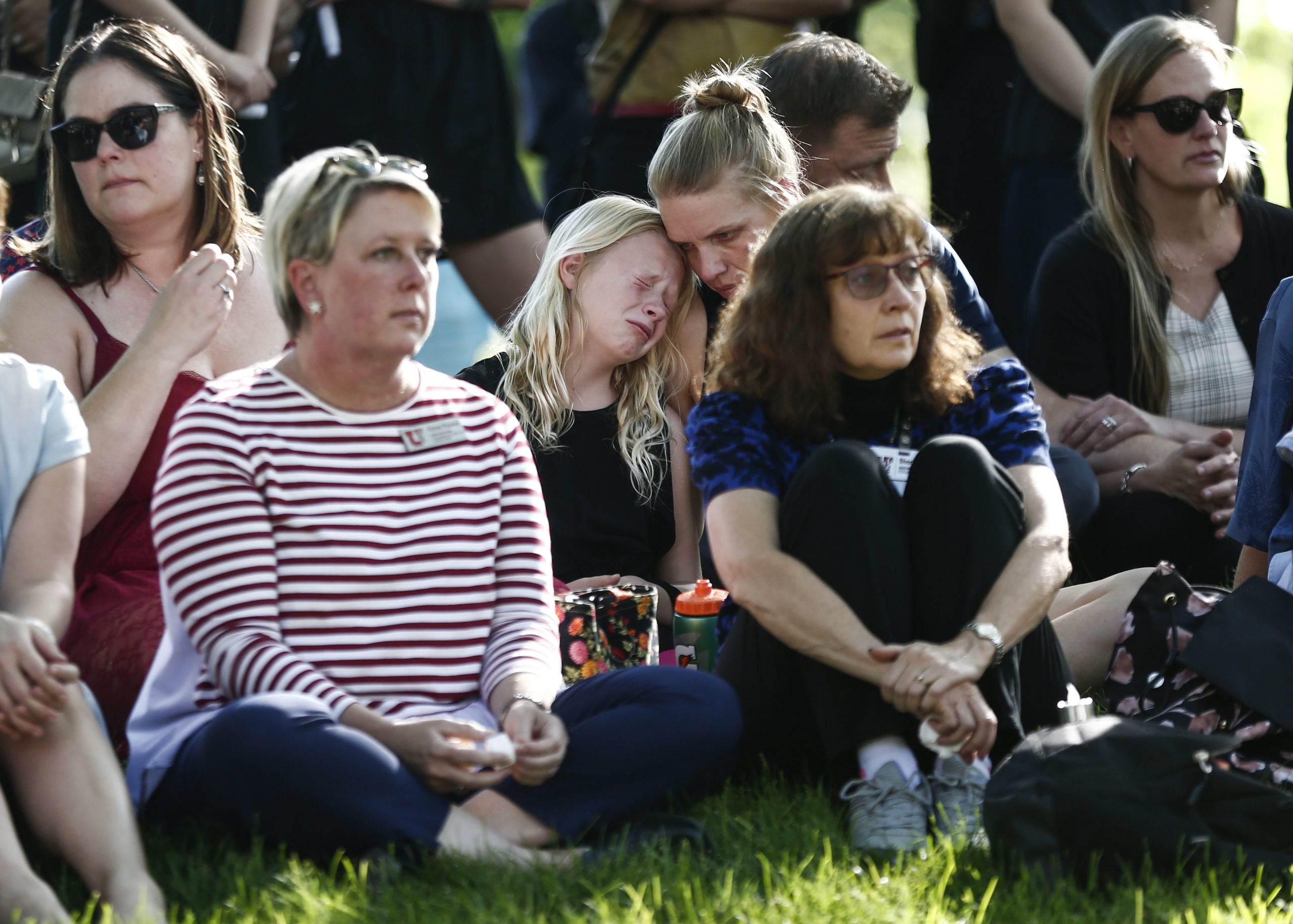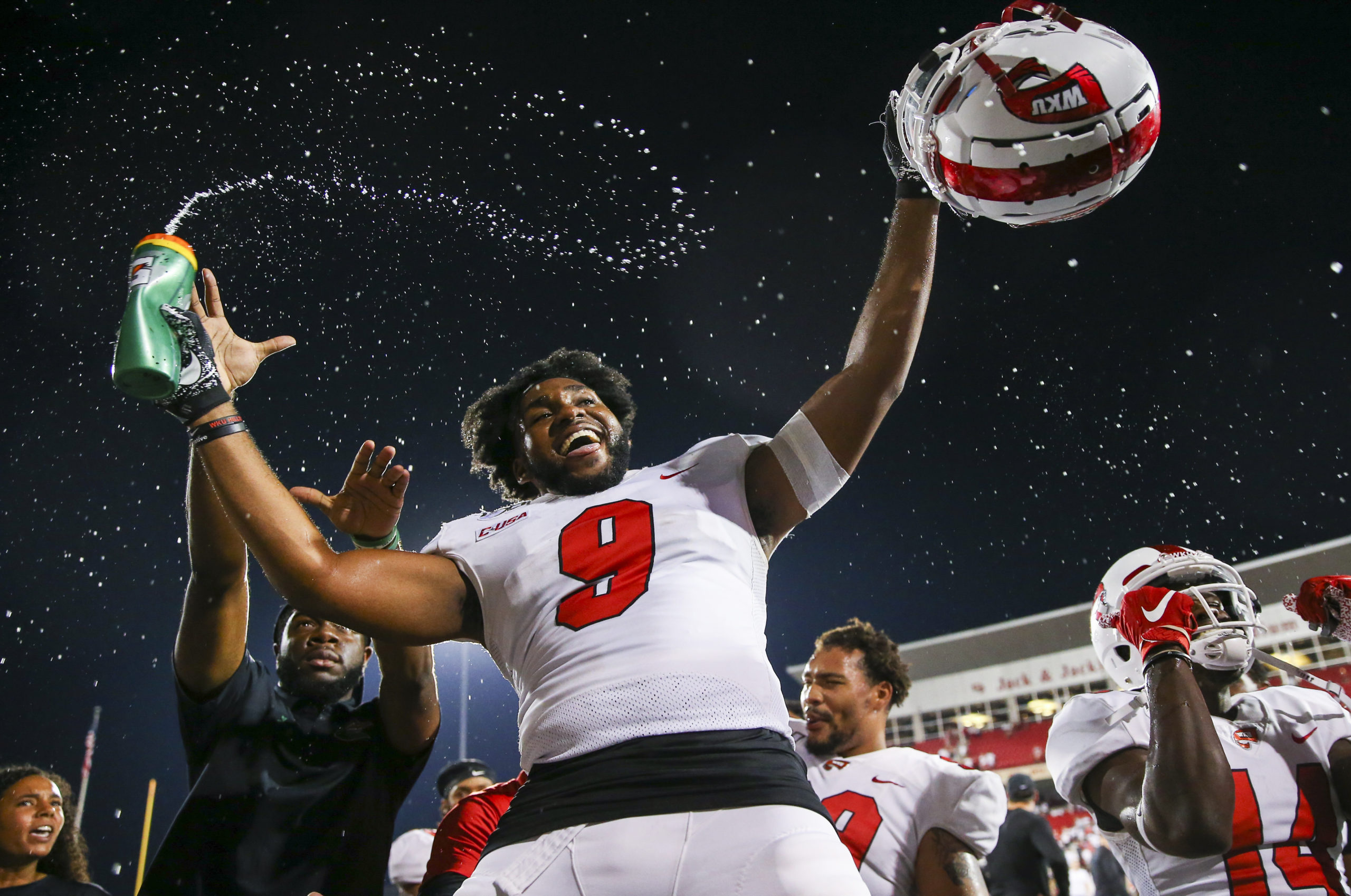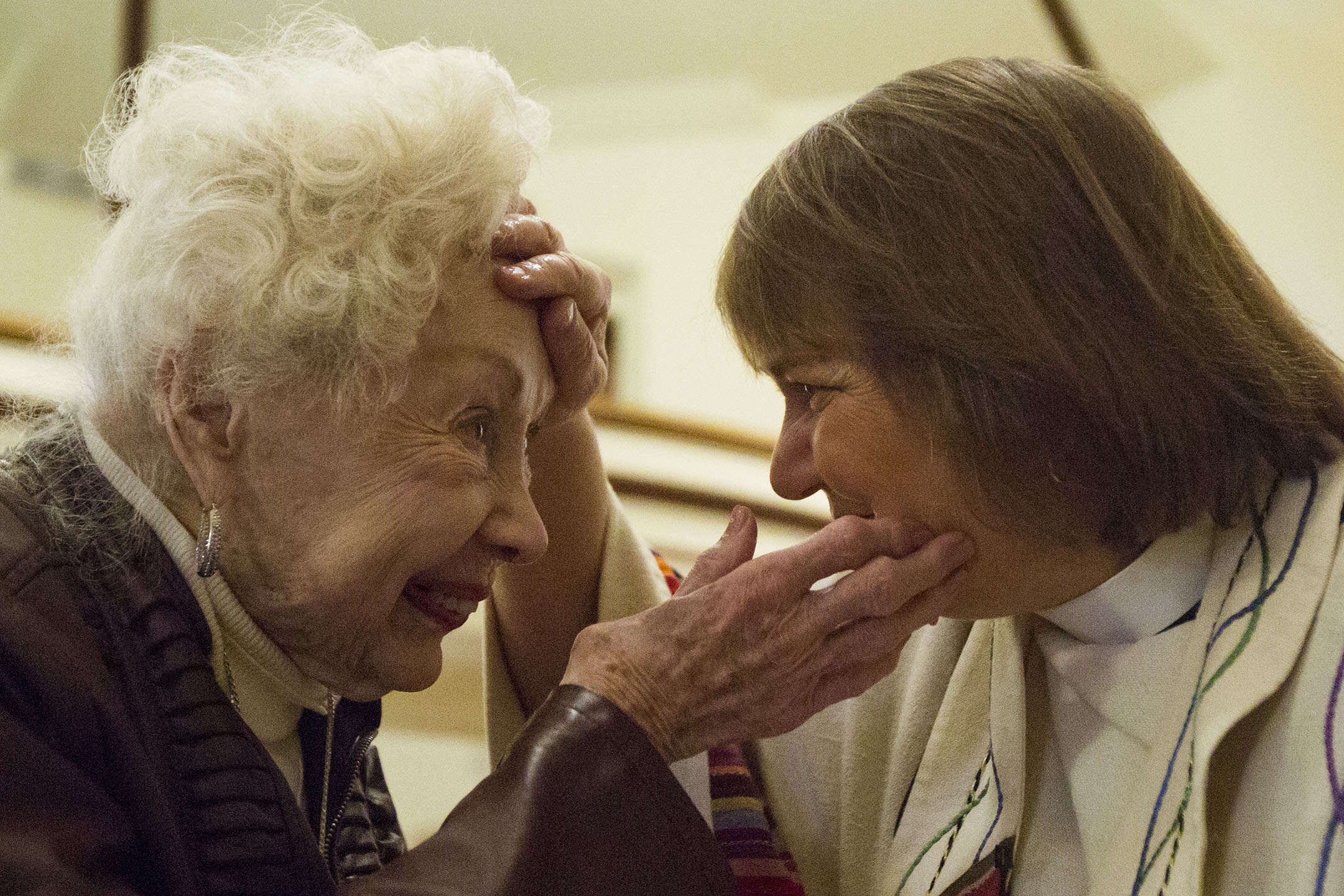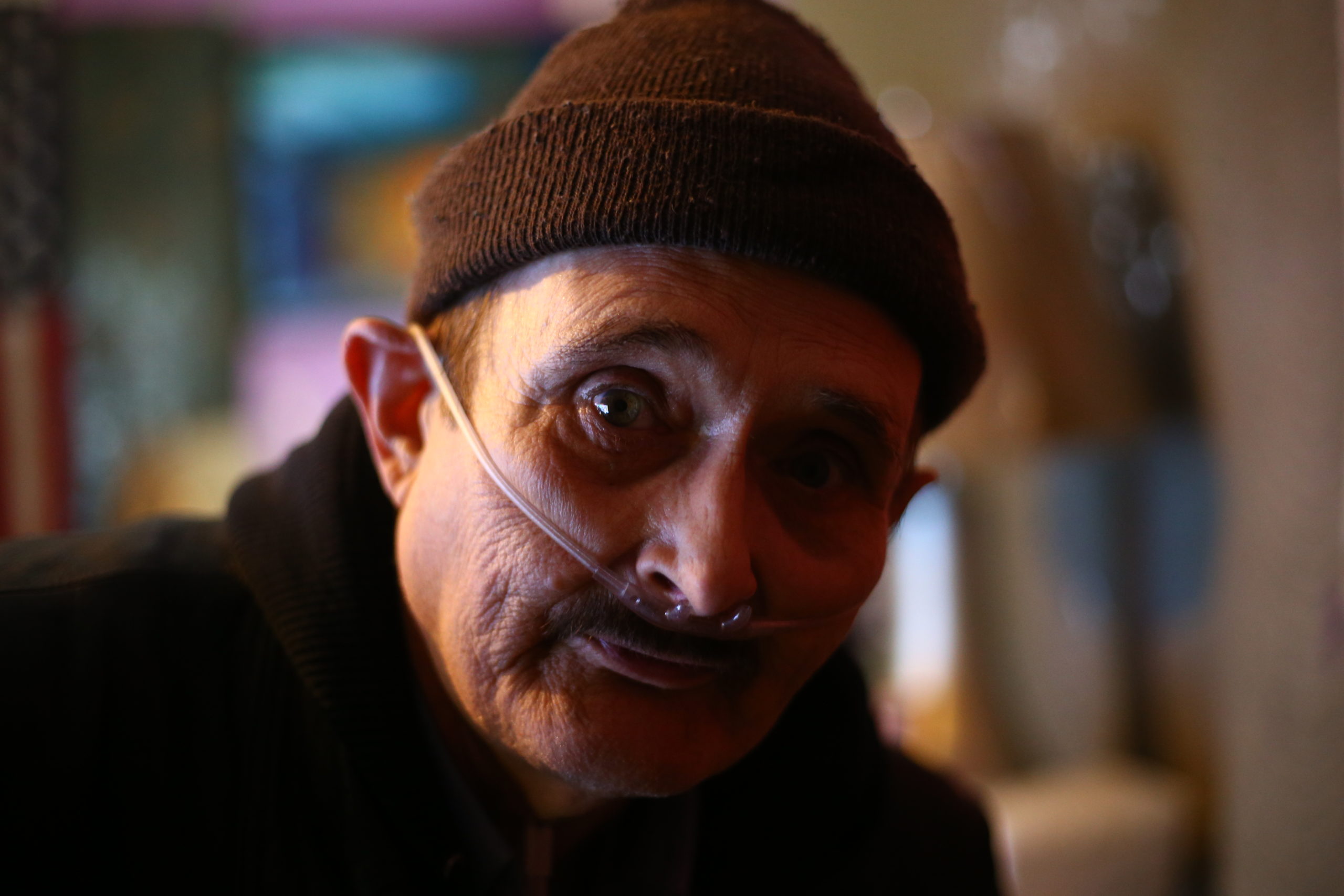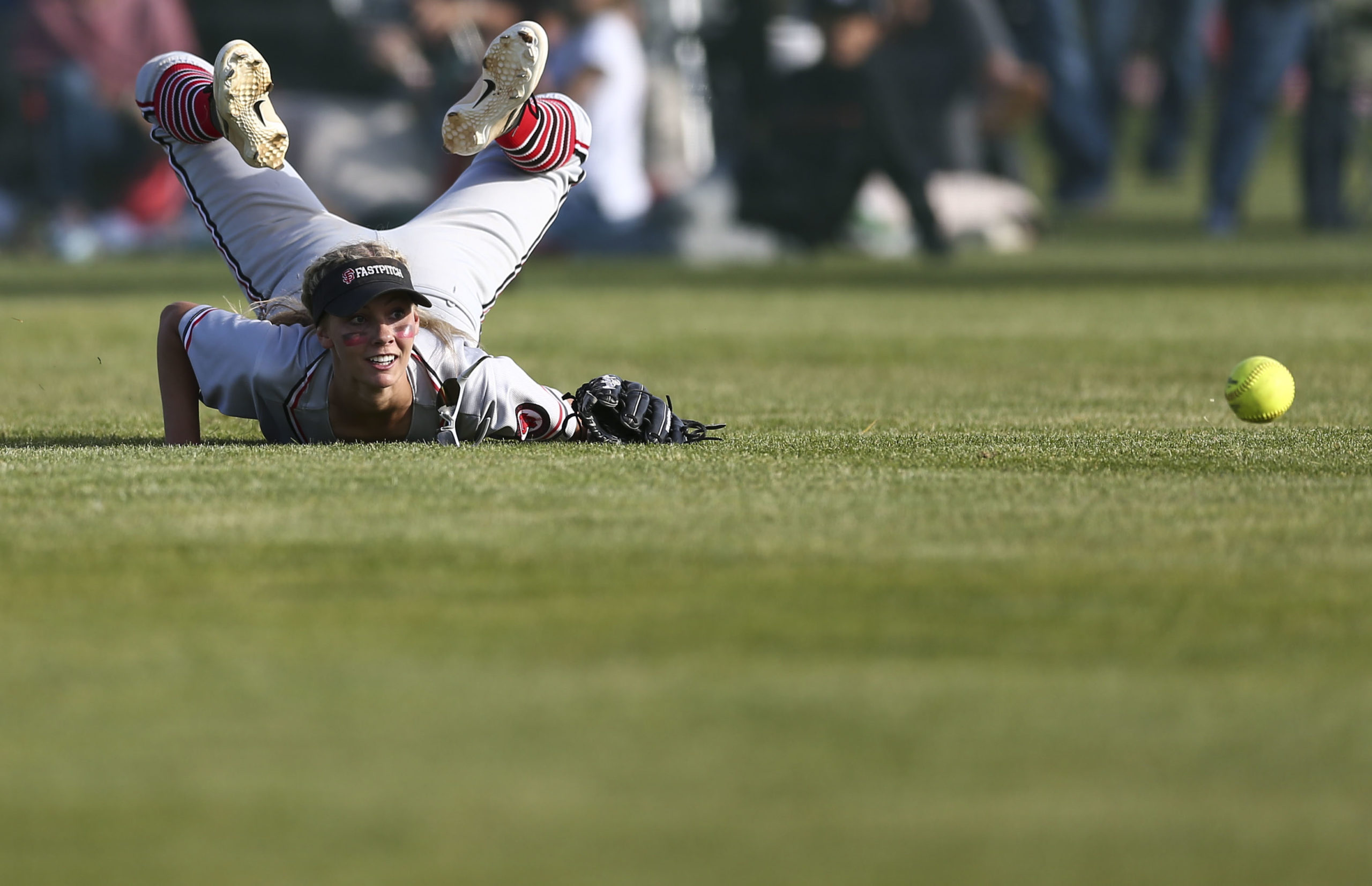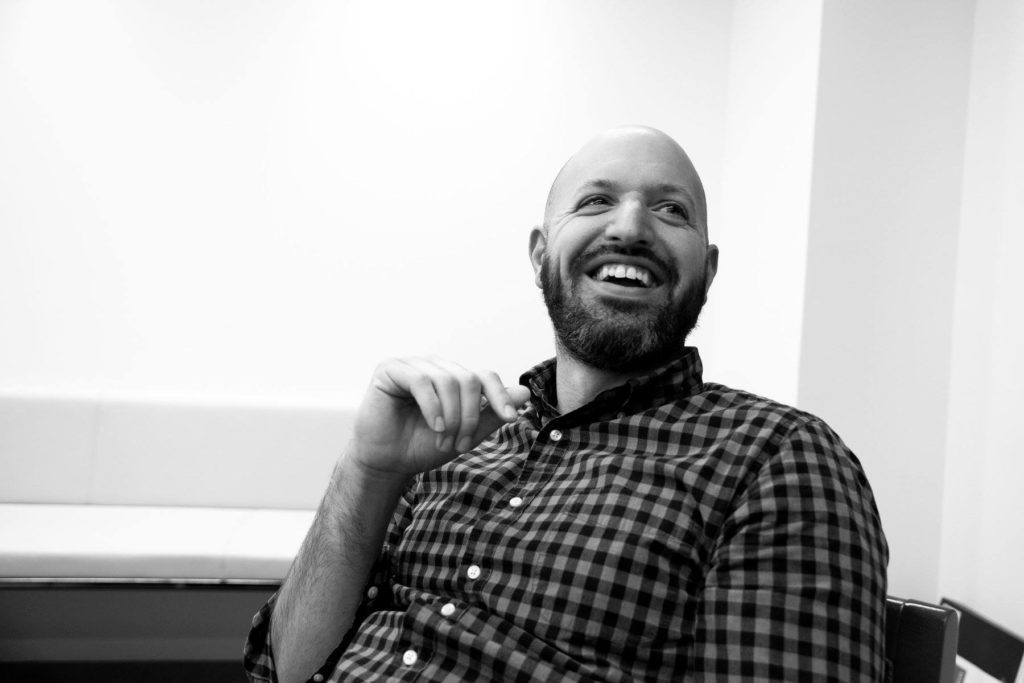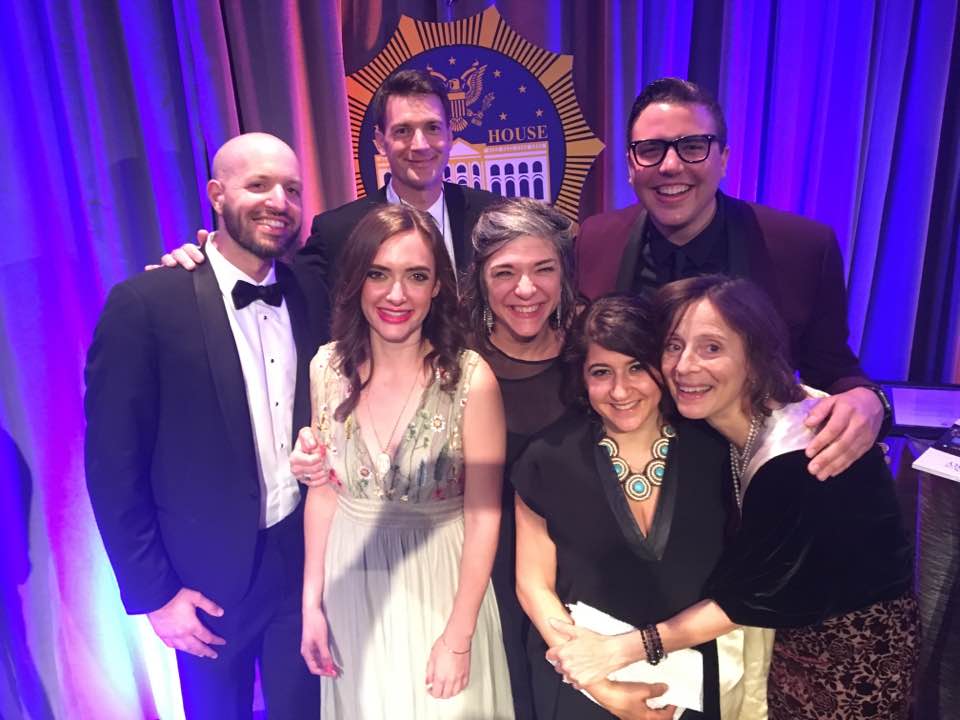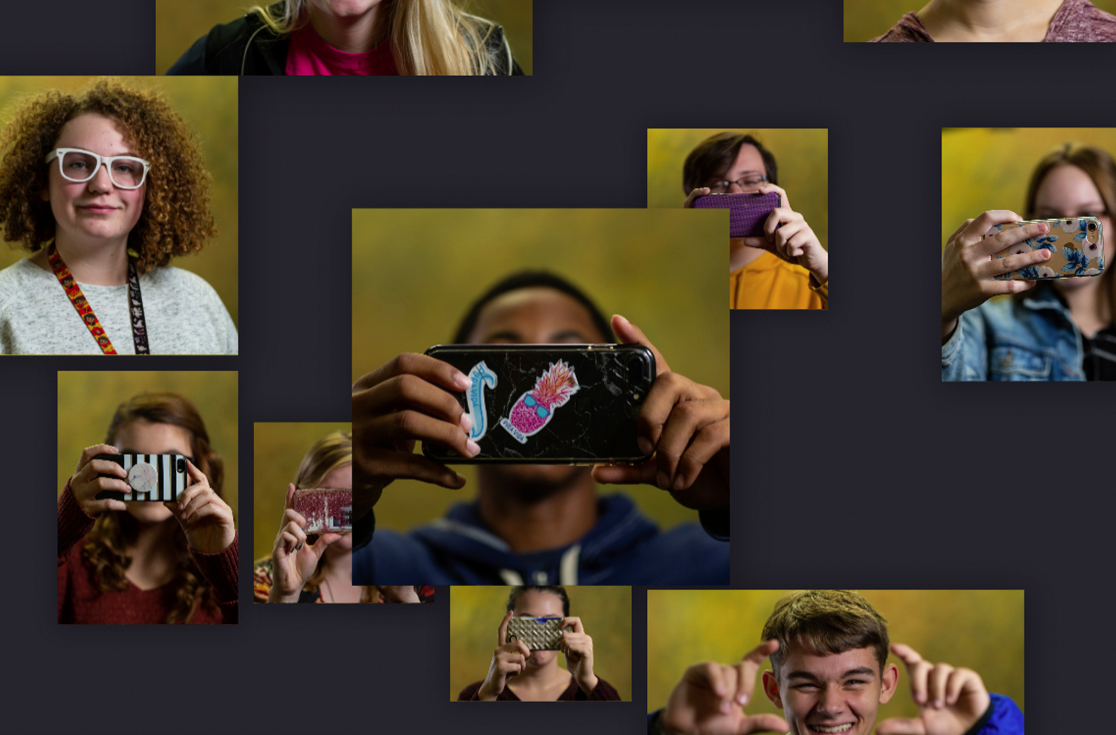A RECURRING SERIES
In an October 12, 2019 email interview, Abigail Dollins, a 2019 WKUPJ graduate shares some of her experiences while attending WKU and also the path that lead her to her current job as a staff multimedia journalist for the Argus Leader in Sioux Falls, SD.
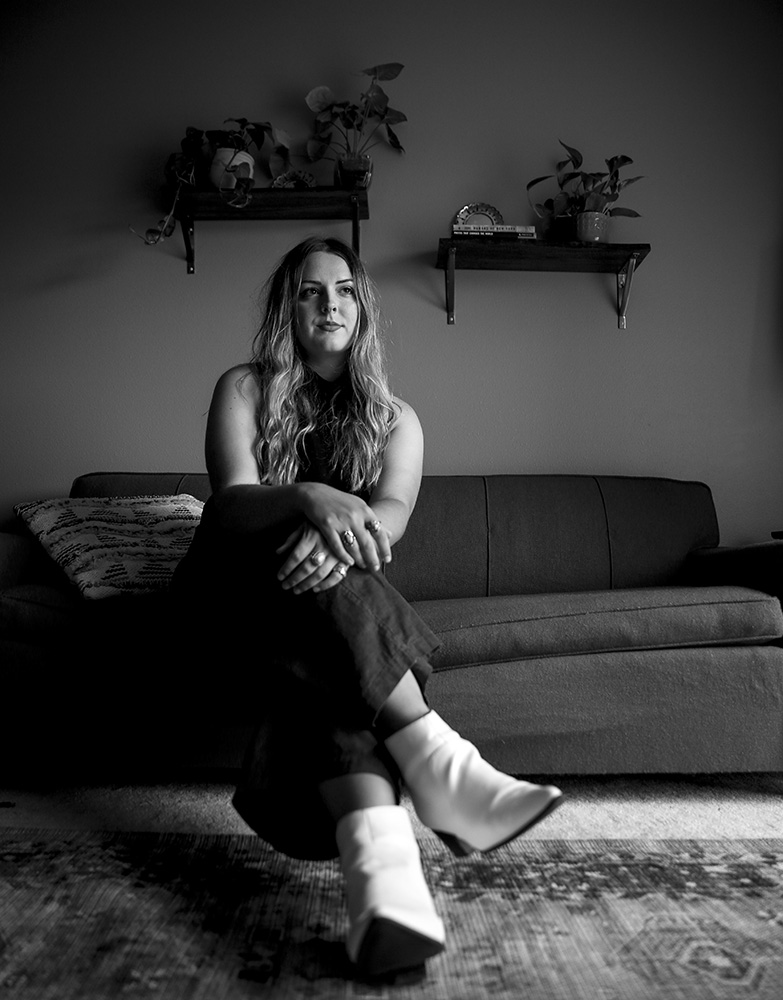
Abigail Dollins graduated in the spring of 2019 and three months later found herself working full-time for the Argus Leader in Sioux Falls, SD. This southerner will soon be learning about the warmth of Sorel boots and hand warmers.
Where were you born?
I was born and raised in Paducah, Ky.
What High School did you attend?
I graduated from Lone Oak High School in Paducah, Ky., in May 2013. I was the last graduating class, they then consolidated to make McCracken County High School.
Is there an interesting story that brought you to WKUPJ or photojournalism in general?
I have to credit my dad for this one. I started out as a nursing major because of two things: I wanted to help people and I wanted the ability to work anywhere. Long story short, becoming a nurse wasn’t for me.
I’ve always enjoyed photography and had spent most of my early years as a photographer wandering around Kentucky Lake and shooting what I saw. My dad did the research and pointed me to WKU, noting that it was one of the top schools for photojournalism. To be honest, when I started out as a freshman, I didn’t fully know what photojournalism was. I soon fell in love with it though and never turned back.
When did you start attending WKU and what year did you graduate?
I started at WKU in the fall of 2015. As a transfer student with already two years under my belt, I did not know I would be adding a few extra years of school. I graduated in the spring of 2019.
I’m sure that starting a four-year major after two years in college was a difficult choice to make. What impact did these two extra years of visual education make in defining your current career?
The two extra years of education did so much for me as a visual storyteller. Coming into the program, I was just learning the basics of what photojournalism was. I think everyone has a point in their college career that they would consider a “light bulb moment”— where everything just clicks. That moment for me happened in picture stories during my junior year. What I had learned in my previous years, about composition, light, audio, etc. came together in that class. I truly began to define who I am as a visual storyteller and took that opportunity to highlight issues that matter to me in my storytelling.
Immediately after graduation I …
I went stir crazy! I had graduated and been a finalist for several internships (even had an important email go to my junk mail) but had nothing lined up yet. I began applying to full-time positions.
Who do you currently work for?
I currently work for the Argus Leader in Sioux Falls, SD, part of the USA Today Network as a staff multimedia journalist.
What does “staff multimedia journalist” mean? Do you just take still photos for the print and online publications or are there other duties?
Part of my duties as a multimedia journalist include photographing daily and long-term assignments for print and online publication, putting together online galleries and producing videos. We try to be very intentional with our use of video and think about what assignments could benefit from that form of storytelling. Another fun duty that comes along with my job is sharing content to Instagram and Twitter real time. Sometimes these are photos from an assignment that day or a feature I found on my way home.

Dollins on assignment in Sioux Falls, SD.
Since graduation, tell us about some of the more interesting places or events you may have visited/photographed as part of your work being a visual storyteller?
Curiosity is one of the best traits you can have as a photojournalist. It is curiosity and wanting to know more about a person’s story that has led me to the more interesting places I’ve been as a storyteller. For example, I am currently working on a story about a person’s journey with cancer. I met them on a daily assignment for the Argus and struck up conversation. Being a fly on the wall in someone’s daily life, learning the details of their everyday, is one of the most interesting places I’ve been for visual storytelling.
Sioux Falls recently experienced a historic flood followed by three destructive tornadoes and you were in your first month of working there. What was that experience like? Was there any particular moment or image that will stick with you forever?
I was taking cover in my apartment during the storm when I got a call from my editor. A woman was trapped inside her house and couldn’t get out. I hopped in my car while it was still raining sideways and started to drive to the scene. It wasn’t until I was stopped by flash flooding and downed power lines that I realized what had actually happened. Three tornadoes had hit Sioux Falls.
I spent that night and early morning driving around to businesses and homes surveying the initial damage caused by three tornadoes. Around 4 a.m., I went home and got an hour of sleep and was told to report back by 6 a.m. The sun started to rise and we got a better idea of what actually happened. (I think I was running on pure adrenaline.)
Although, I witnessed a lot of destruction during the course of covering the tornadoes, one man’s experience stuck out the most to me. Matt Ditmanson had just woken up and was running with his dog Teddy to his basement when his roof was torn off. I took a photo of him standing in what was his living room and watched him salvage family photos and other personal belongings. That moment will stay with me forever.
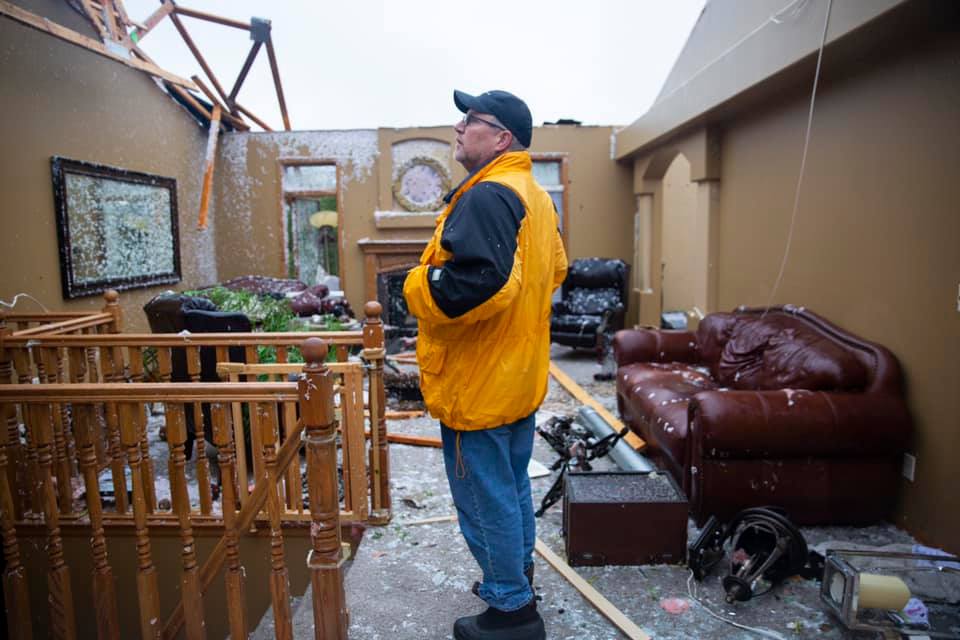
Sioux Falls, SD resident Matt Ditmanson surveys the damage to his home after it was hit by a tornado. Photo by Abigail Dollins
In hindsight, is there anything you learned while in a PJ class at Western that has resonated with you now?
One thing I learned as a WKUPJ that has stuck with me is pretty simple—JUST GO SHOOT. Having a camera in your hands everyday will make you better, whether you realize it or not. Oh, and along those lines, always keep a camera on you. You never know what kind of situation you may roll up on.
What has changed in your professional plans from the time you enrolled at WKU until know? Did you ever expect to be where you are today?
I came into the PJ program knowing that if I spent my first years out of college working for a daily paper, it would be a huge benefit to my career in the long run. However, I never expected to be where I am as quickly as I got here. As a student, I always assumed that you needed 10 internships before you were ready for something full-time. I’ve learned that everyone’s path looks different.
Do you have any immediate future work plans that you can disclose? What awaits you in 2020?
Wow! 2020 is really that close, huh? In 2020 I plan to stay with the Argus Leader, assuming I survive the winter. (kidding) I feel that I’ve started to discover my voice as a visual storyteller and I’m enjoying exploring it through my photos. I’m excited to see how I continue to grow and have plenty to learn from this amazing newsroom.
If you could have any “dream” freelance assignment what would that be?
As a southerner who moved out of the south, I have to say there’s so many things I miss about it. I would love to work on a broader photo essay about the American South and document the region and people who drew me into visual storytelling in the first place.
What is your favorite memory from WKUPJ?
Some of my favorite memories were made creating in the studio with my roommate Kendall Warner. Since I was the studio manager, there were some nights we would go in there late at night and just try out new lighting techniques.
Another favorite memory that sticks out is my first all-nighter I pulled for a WKUPJ class. It was finals week of my Intermediate Photojournalism class and I somehow managed to pull together a picture story in a day (I would not recommend this). A few of my classmates and I decided to stay the night in the lab and kept ourselves awake by having mini dance parties.
Provide for us a link to your current online portfolio and/or social media accounts:
www.abigaildollins.com
Instagram: @abigaildollins
Twitter: @abigaildollins

